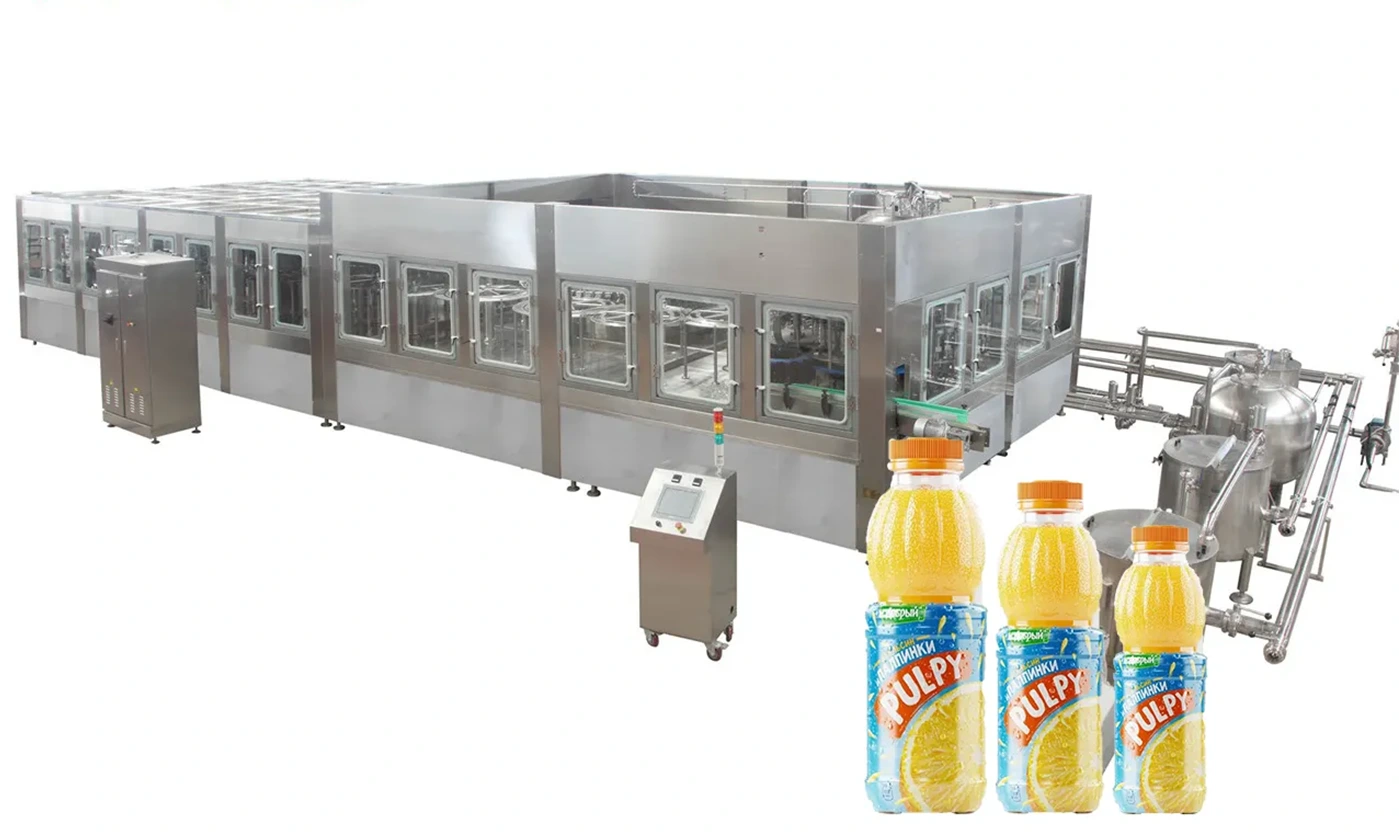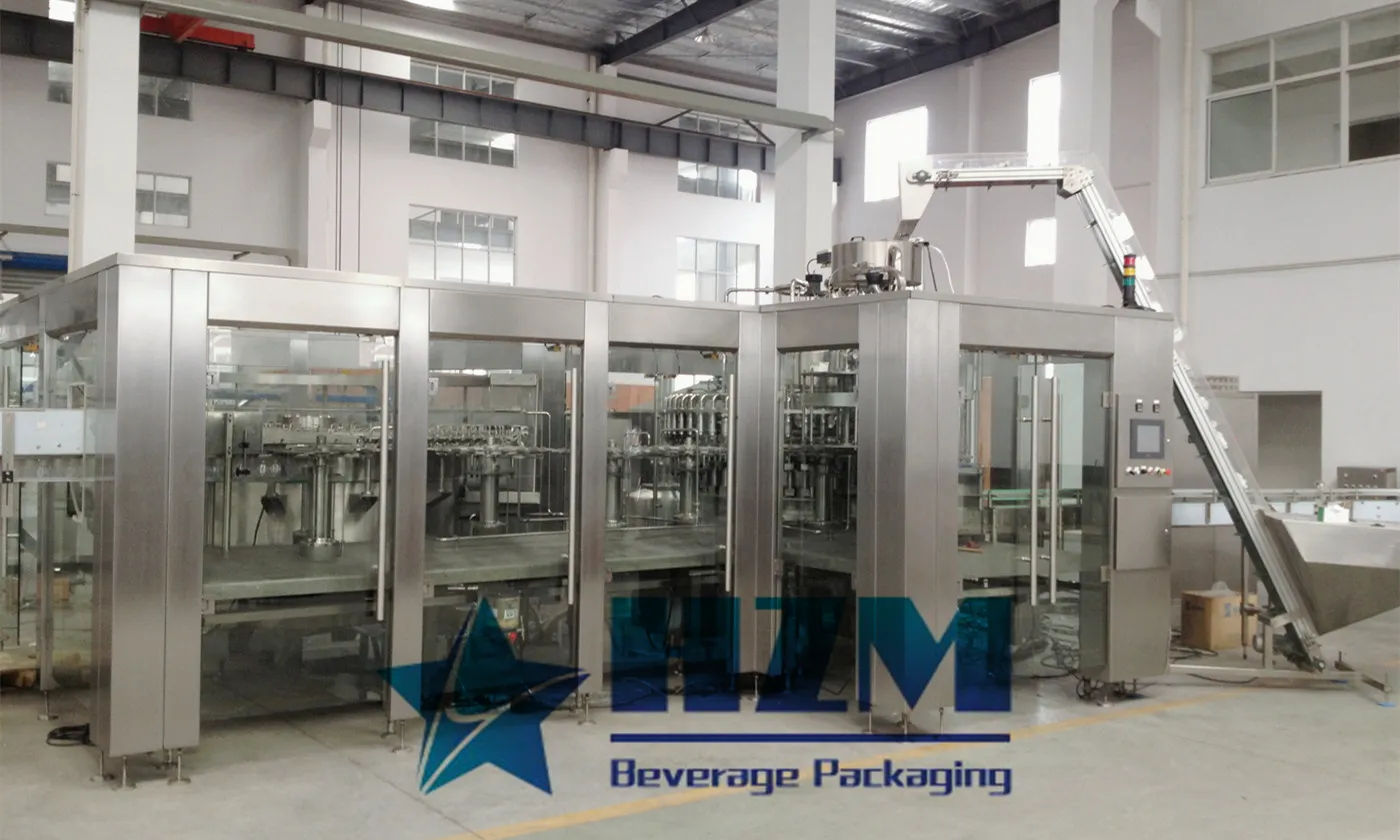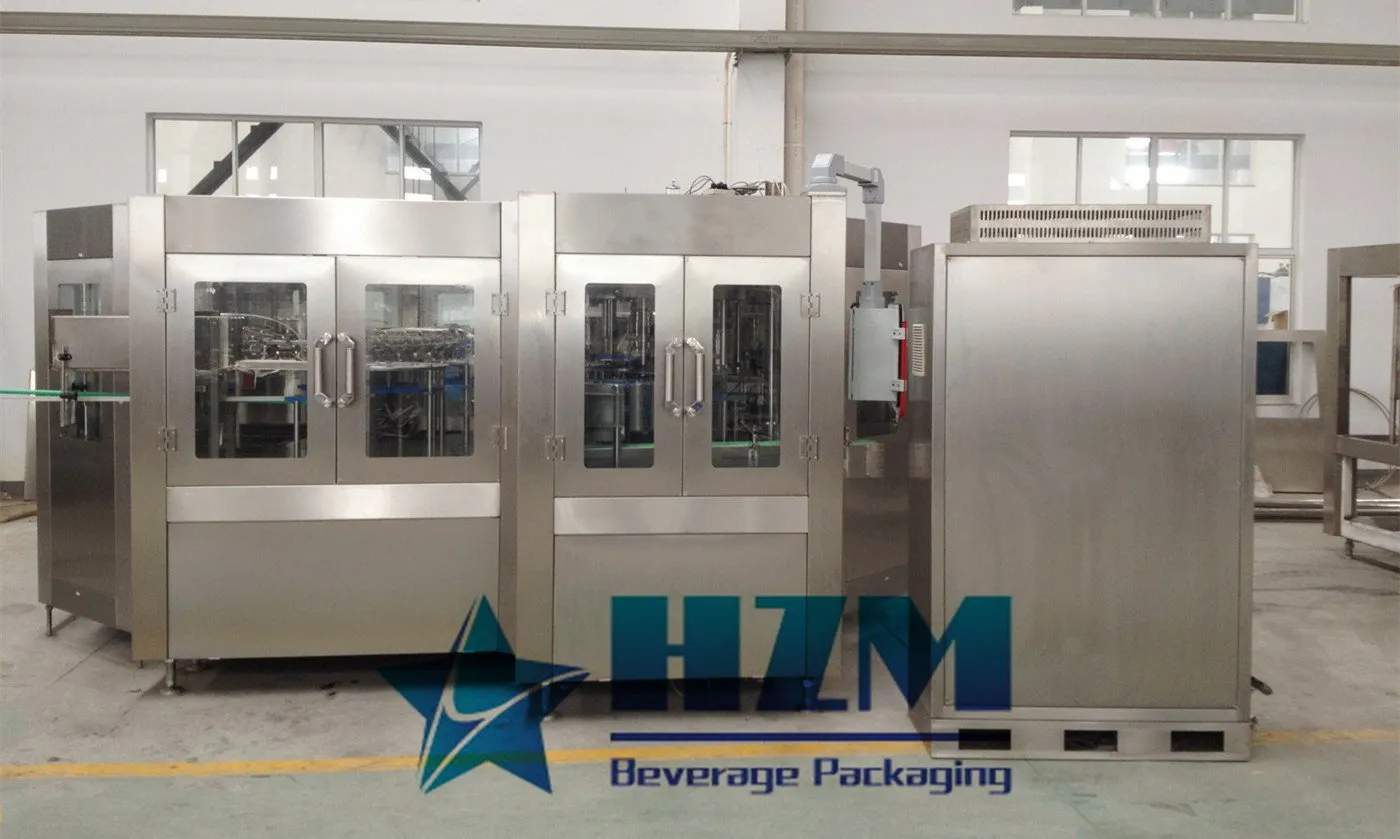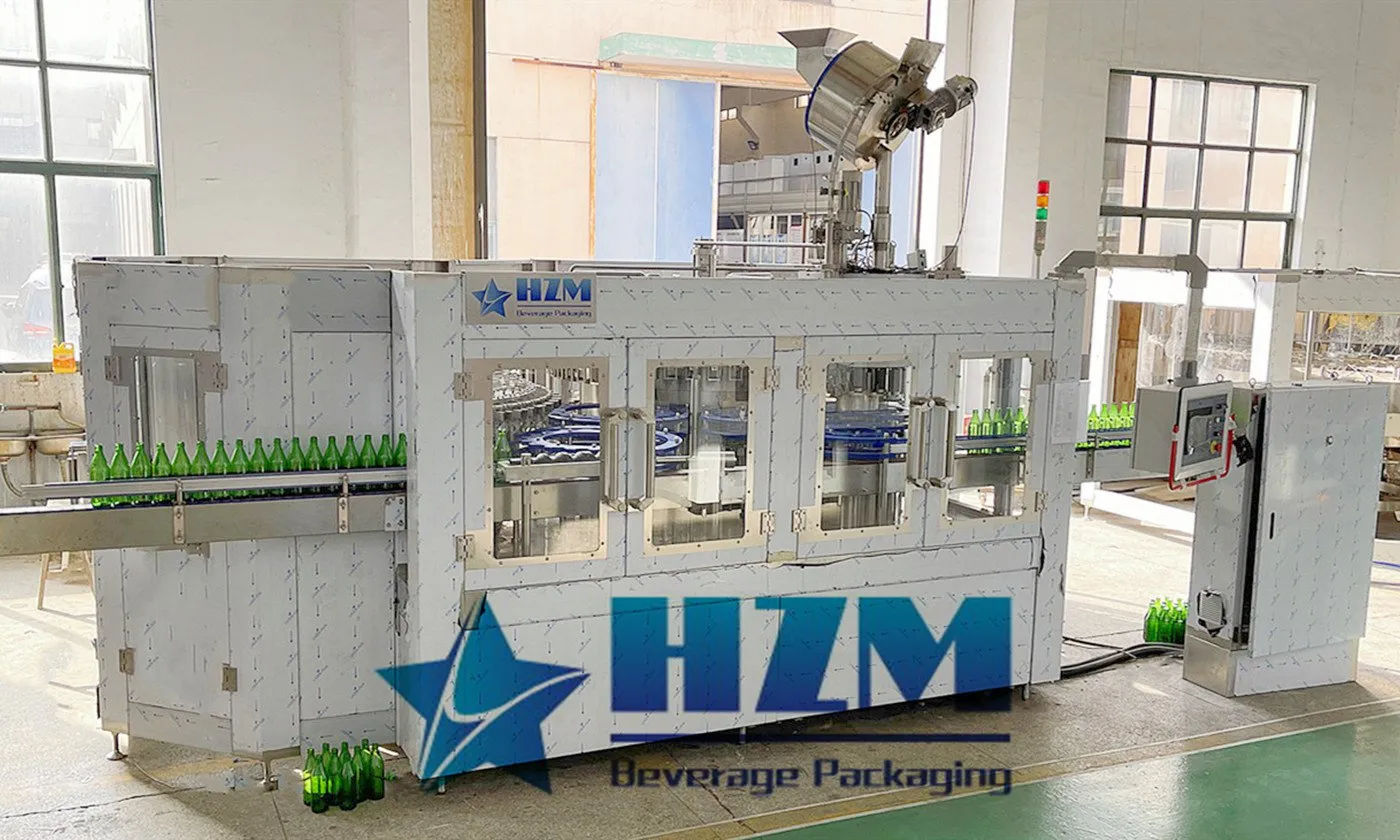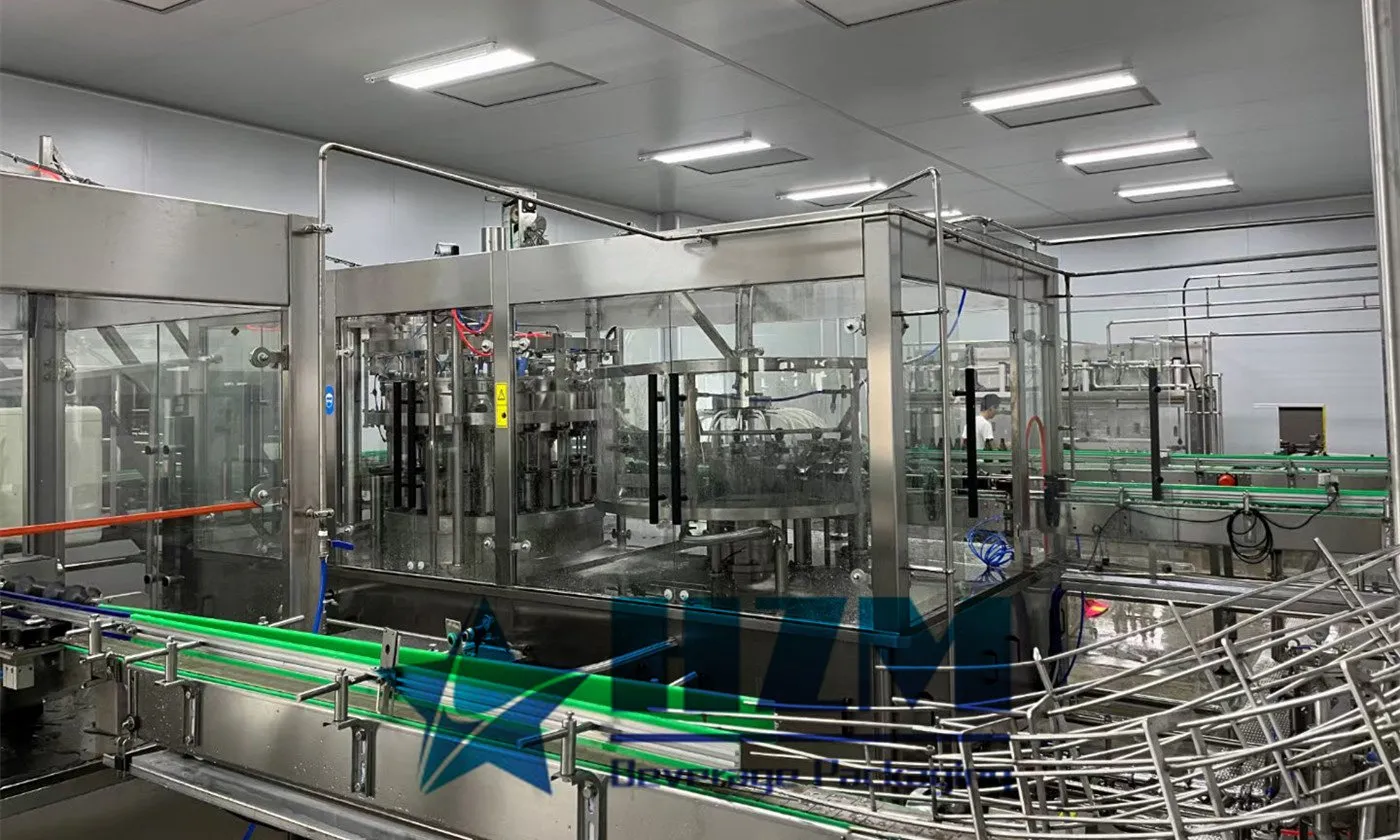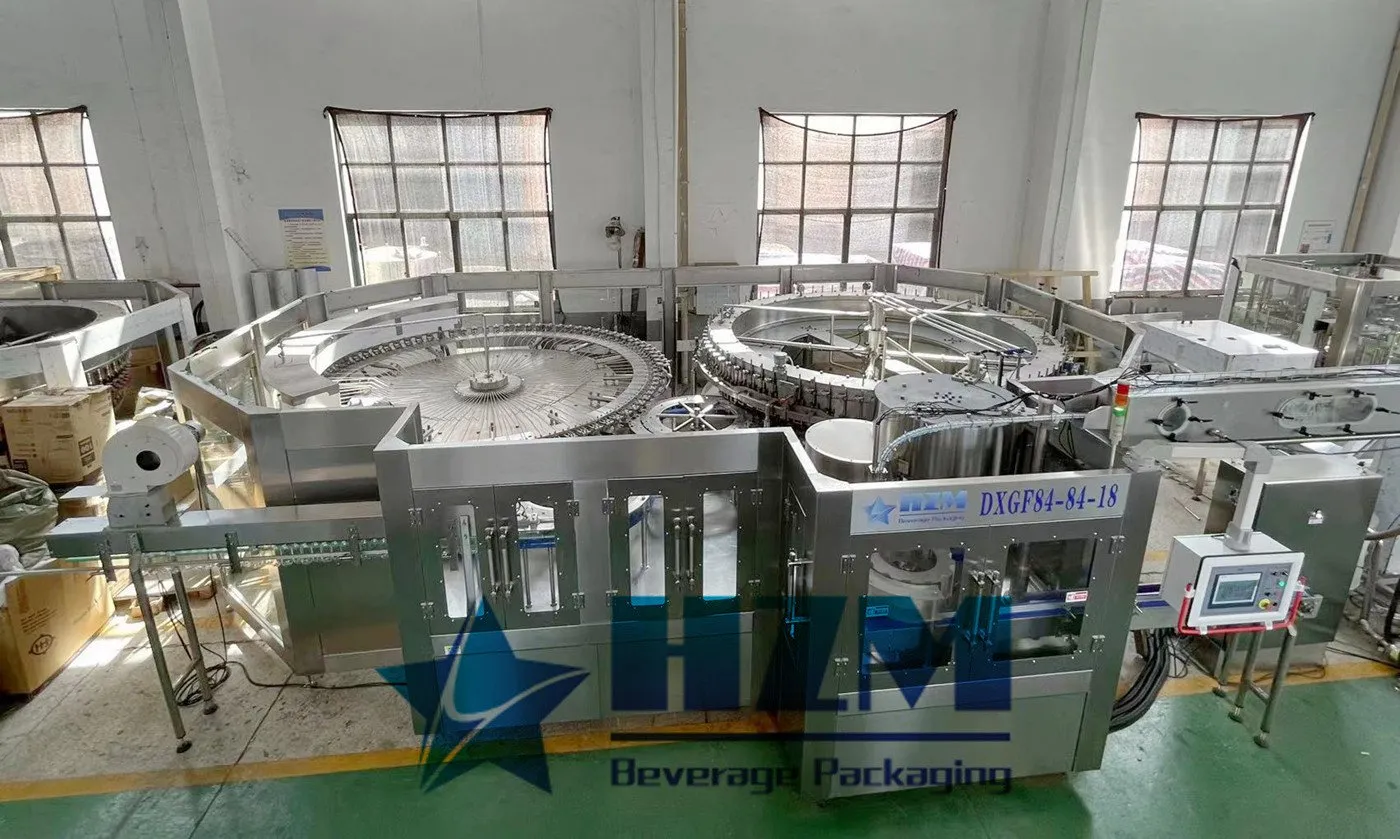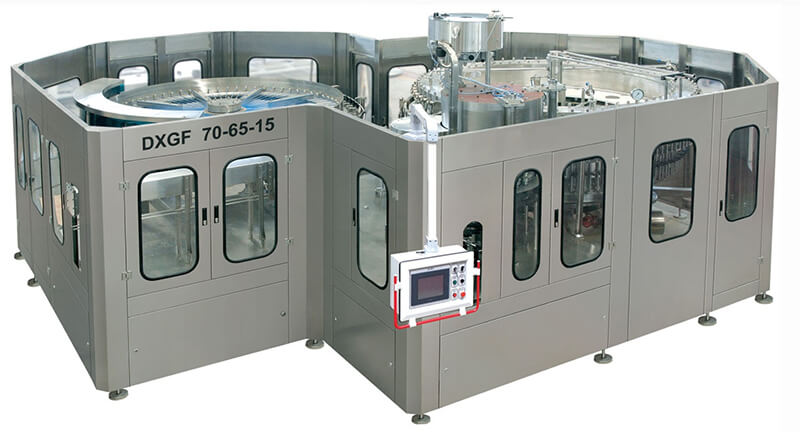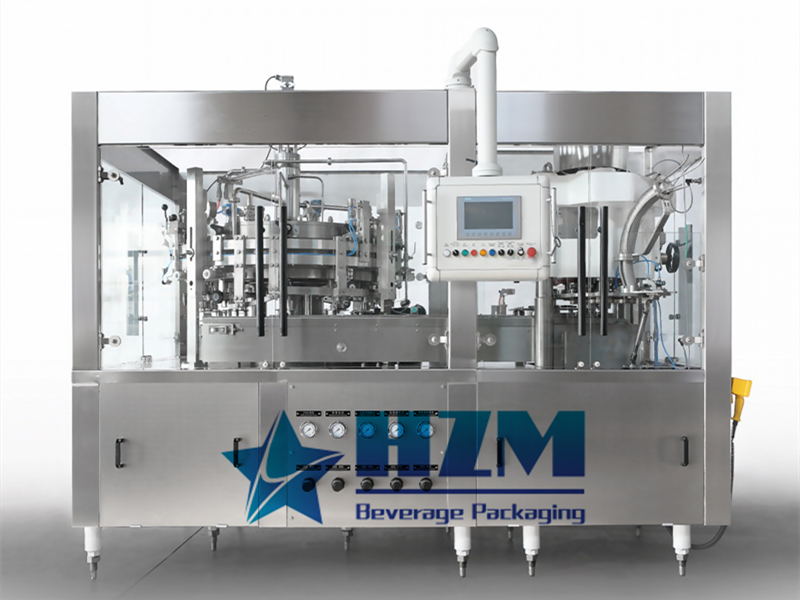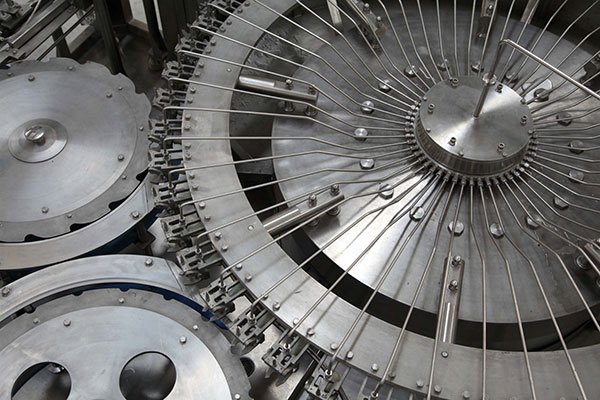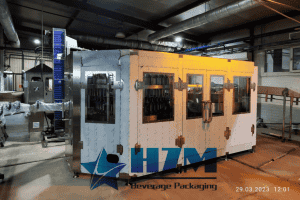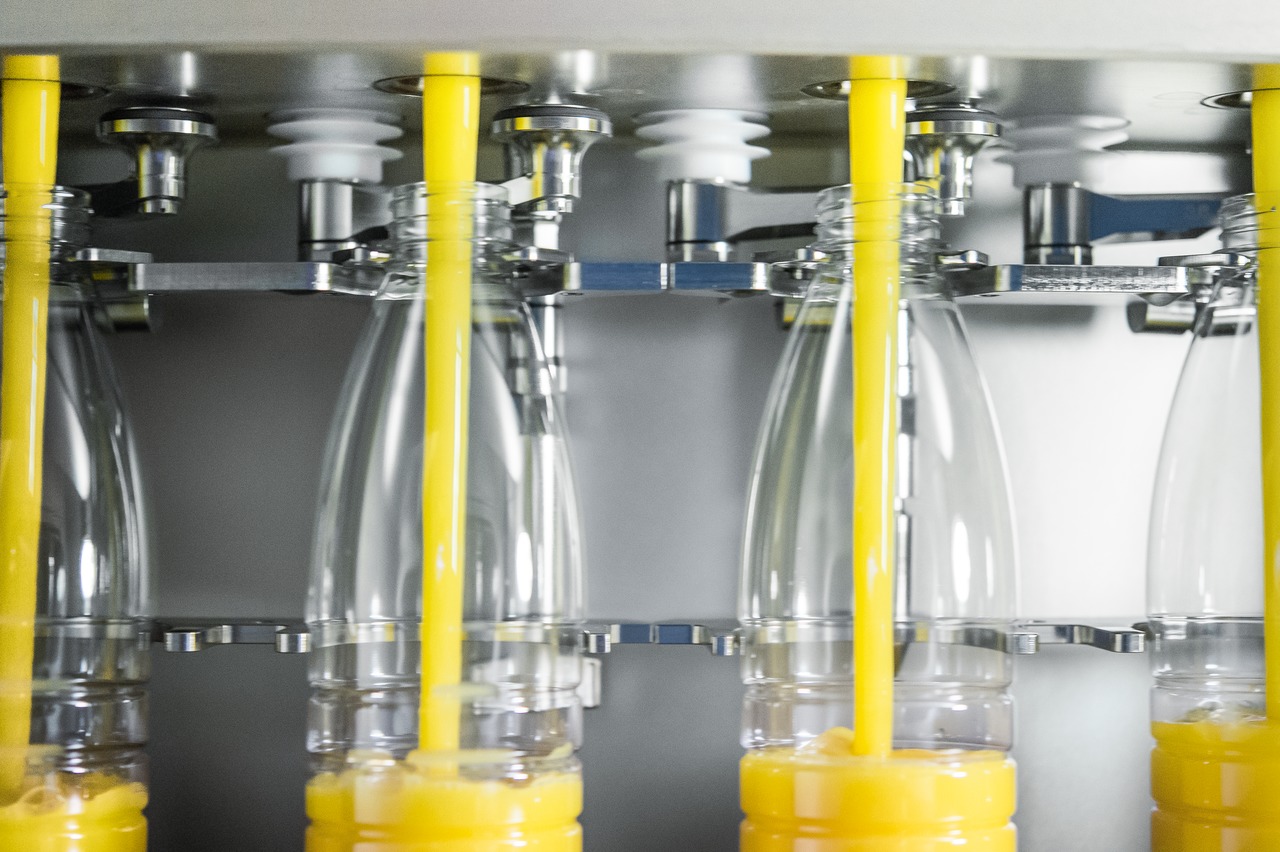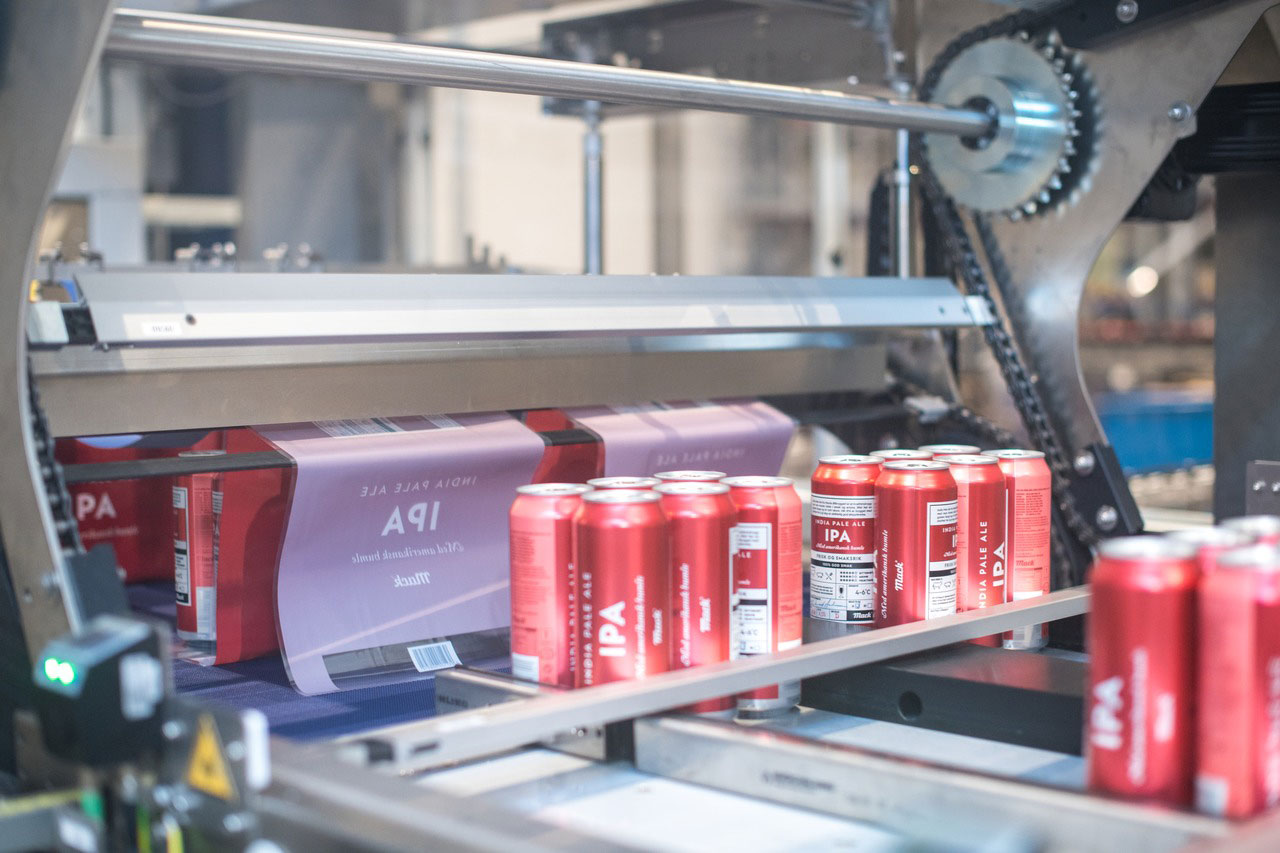Three Can Filling Methods and Their Characteristics in Beverage Filling Machines
A beverage filling machine is a subcategory of packaging machinery used for producing bottled and barrelled drinking water, including mineral water. It comprises processes such as cleaning, filling, and capping, making it an ideal equipment for the production of mineral water and purified water. Let's take a look at the three commonly used can filling methods.
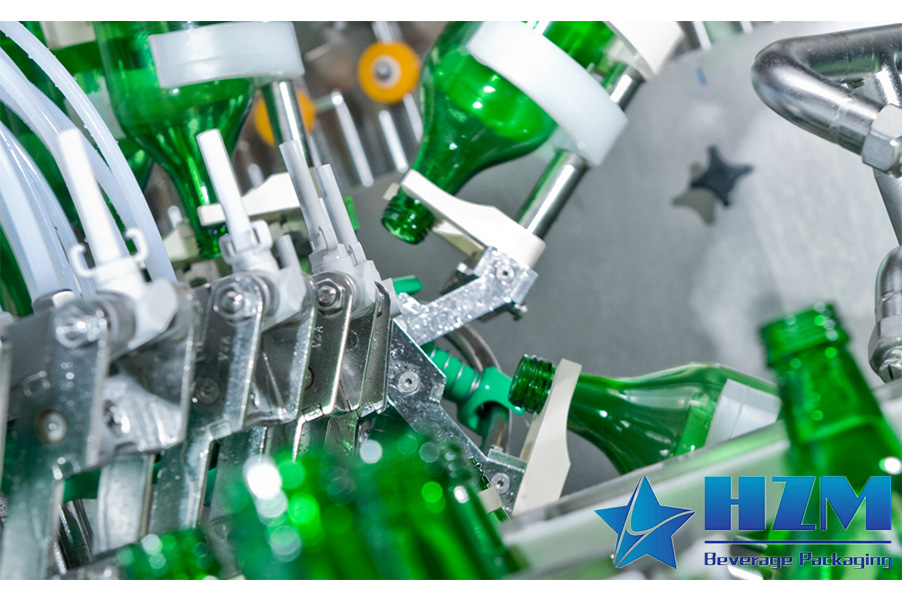
- Atmospheric Pressure Filling
Atmospheric pressure filling, also known as pure gravity filling, involves the flow of liquid materials into packaging containers solely under atmospheric pressure, relying on the weight of the liquid itself. This method is suitable for most non-gaseous free-flowing liquid materials, such as white wine, fruit juice, milk, soy sauce, vinegar, etc.
- Isobaric Filling
Isobaric filling, also known as pressure-gravity filling, is carried out under relatively high atmospheric pressure. It involves first inflating the packaging containers to match the pressure inside the storage tank and then allowing the liquid to flow into the containers based on the weight. This method is commonly used for filling carbonated beverages, like beer. It reduces the loss of CO2 in such products, prevents excessive bubbles during filling, and ensures product quality and dosing accuracy.
- Vacuum Filling
Vacuum filling is performed at pressures lower than atmospheric pressure and can be executed in two ways:
a. Pressure Differential Vacuum: The storage tank remains at atmospheric pressure, and vacuum is applied only to the packaging containers. The filling is completed based on the pressure difference between the storage tank and the containers. This method is quite common in China.
b. Gravity Vacuum: In this method, the storage tank is placed inside a vacuum packaging container. The vacuum is created first to match the pressure inside the storage tank, and then the liquid material flows into the packaging container under its weight. Due to its complexity, this method is rarely used in China. Vacuum filling is widely applied and suitable for filling liquid materials with slightly higher viscosities, such as oil and syrup.
During the use of a beverage filling machine, continuous inspection and the addition of oil mist are necessary, and the oil level should be maintained at one-third of the position. If the discharge piston and the lower end sealing ring cylinder wear out, they should be replaced promptly. During cleaning, try to avoid being scratched by sharp or hard objects. If contamination occurs, it can be wiped with alcohol, and cleanliness should always be maintained.
TAG: Beverage Filling Machine Beverage Filling Machines



-
![Important Questions To Consider Before Purchasing Carbonated Filling Machine]() Important Questions To Consider Before Purchasing Carbonated Filling MachineFeb , 19 /2023
Important Questions To Consider Before Purchasing Carbonated Filling MachineFeb , 19 /2023 -
![Classification of beverage filling machines]() Classification of beverage filling machinesMar , 24 /2023
Classification of beverage filling machinesMar , 24 /2023 -
![Beverage opens the era of diversified consumption]() Beverage opens the era of diversified consumptionMar , 24 /2023
Beverage opens the era of diversified consumptionMar , 24 /2023 -
![Complete Installation and Commission DXGF40-40-10 Carbonated Beverage Filling Machine]() Complete Installation and Commission DXGF40-40-10 Carbonated Beverage Filling MachineApr , 18 /2023
Complete Installation and Commission DXGF40-40-10 Carbonated Beverage Filling MachineApr , 18 /2023 -
![Application of Juice Beverage Filling Machine in the Industry]() Application of Juice Beverage Filling Machine in the IndustryApr , 25 /2023
Application of Juice Beverage Filling Machine in the IndustryApr , 25 /2023 -
![Fully Understanding Automatic Beverage Filling Machines]() Fully Understanding Automatic Beverage Filling MachinesMay , 08 /2023
Fully Understanding Automatic Beverage Filling MachinesMay , 08 /2023 -
![How to Properly Maintain and Service Automatic Beverage Packaging Machines]() How to Properly Maintain and Service Automatic Beverage Packaging MachinesMay , 17 /2023
How to Properly Maintain and Service Automatic Beverage Packaging MachinesMay , 17 /2023





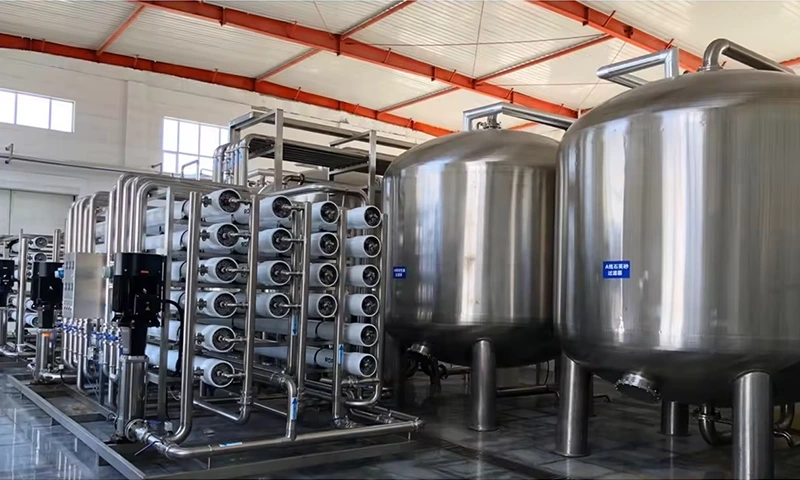
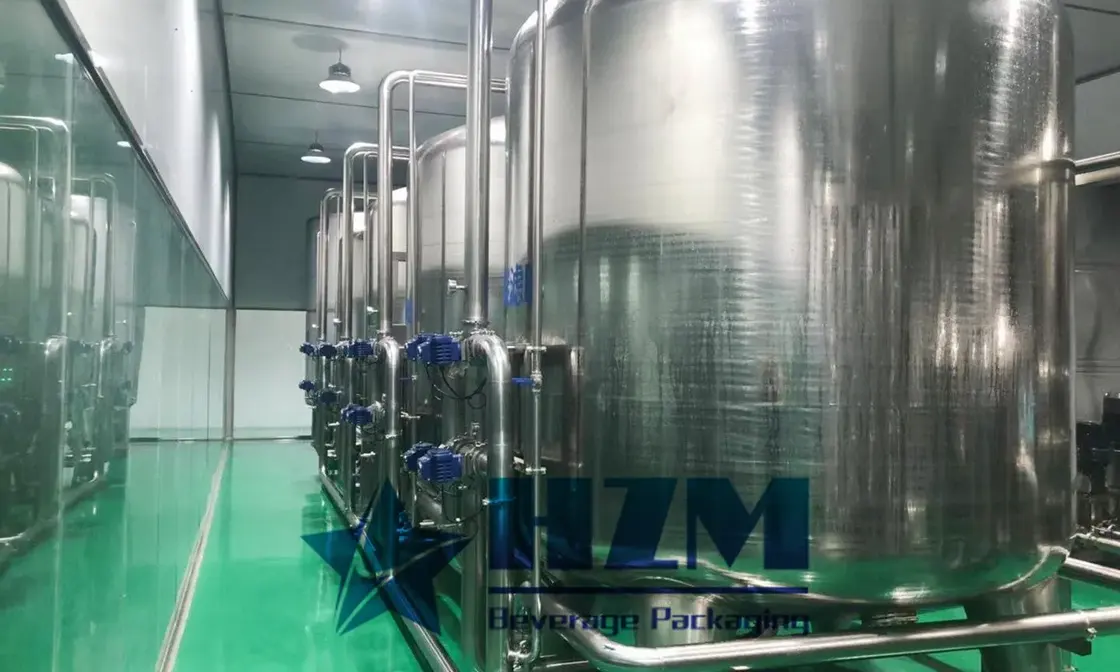
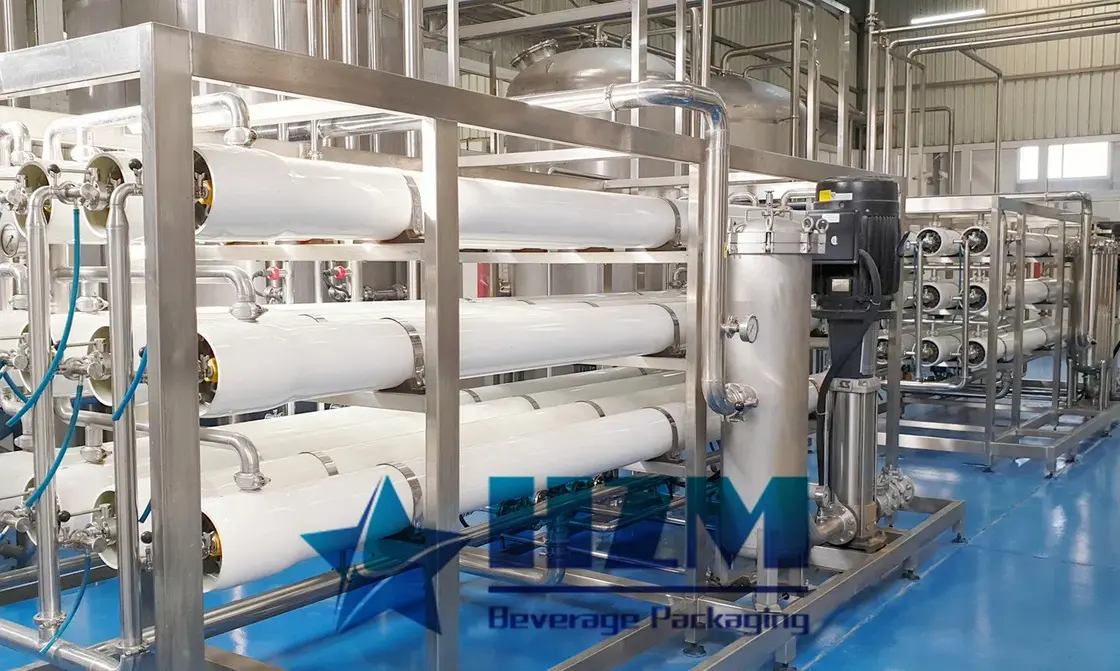
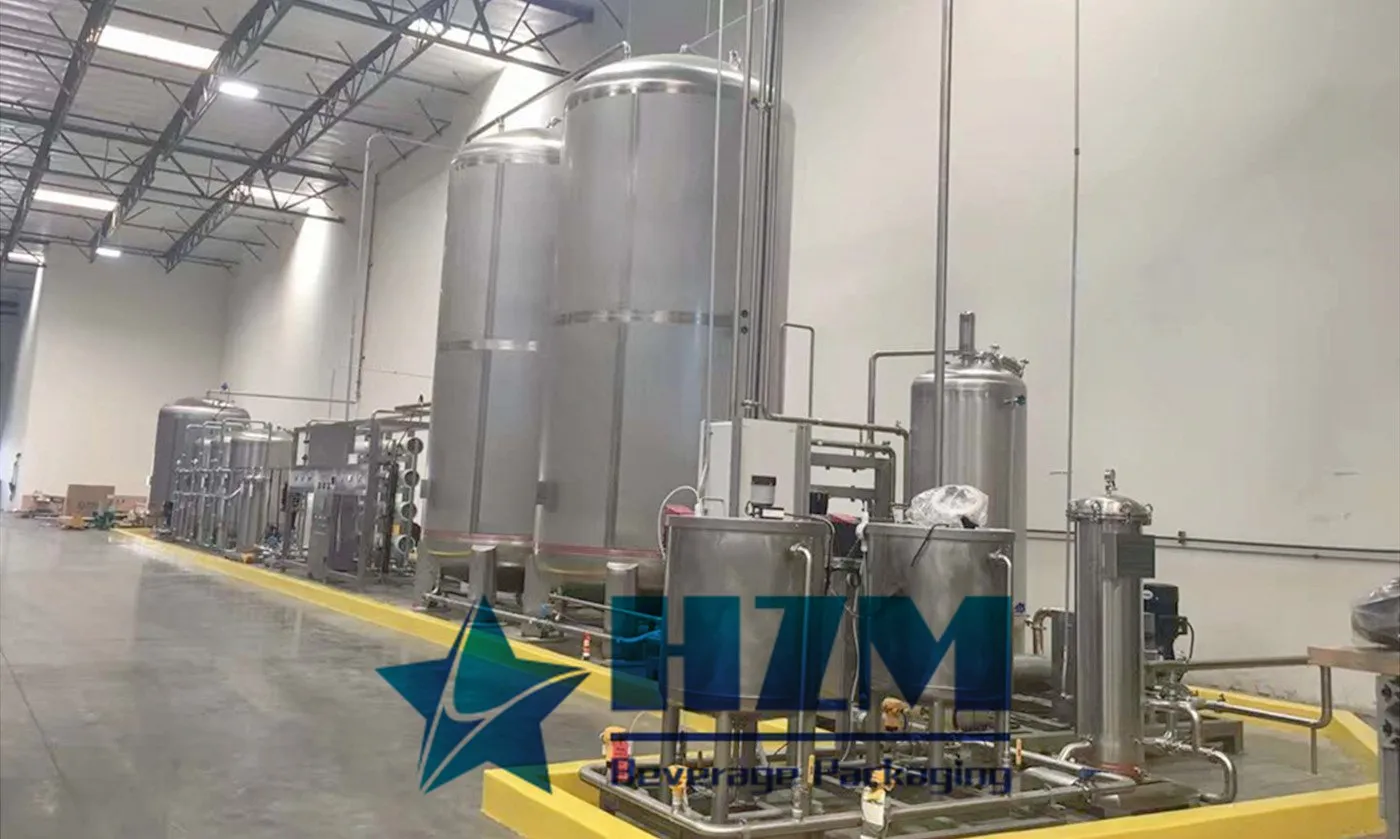
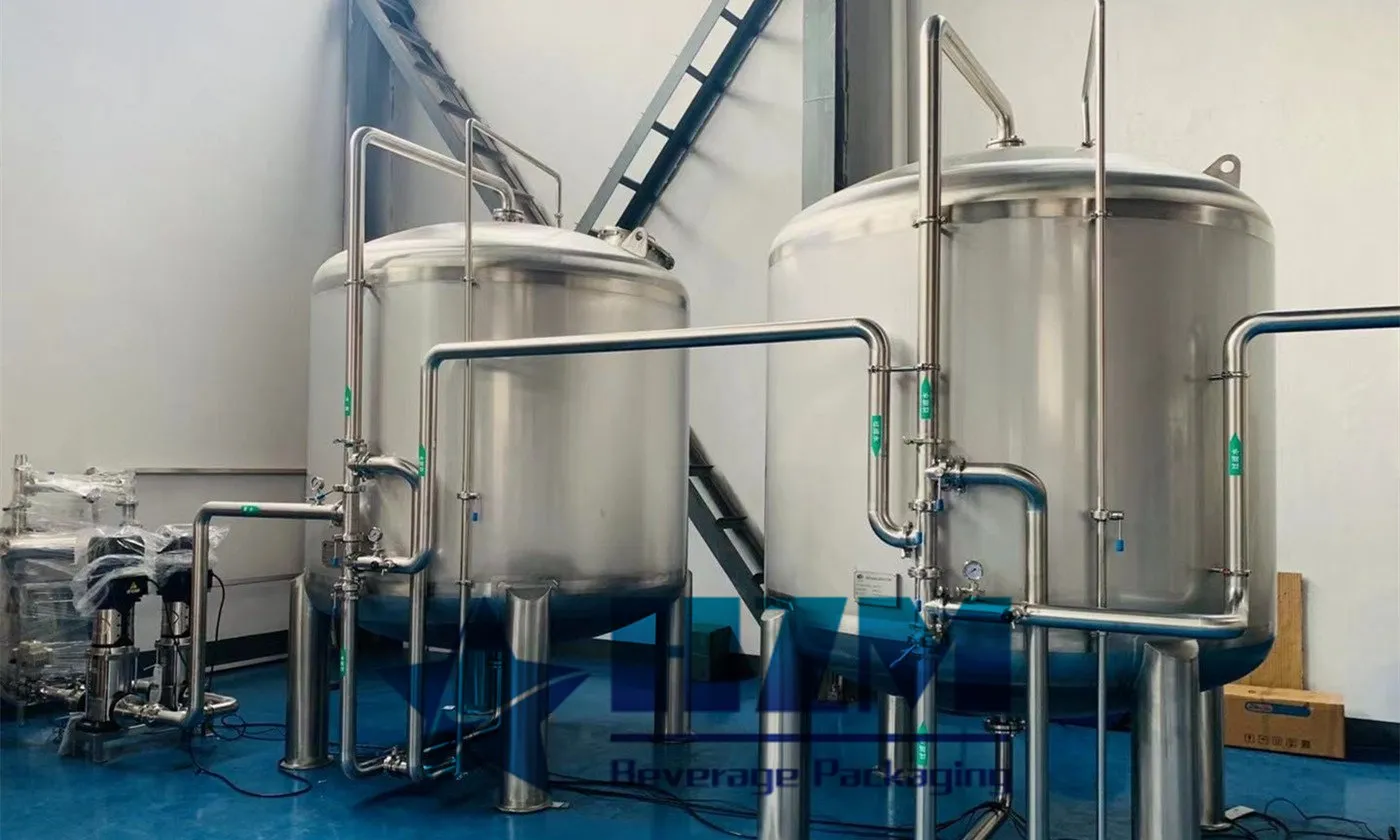
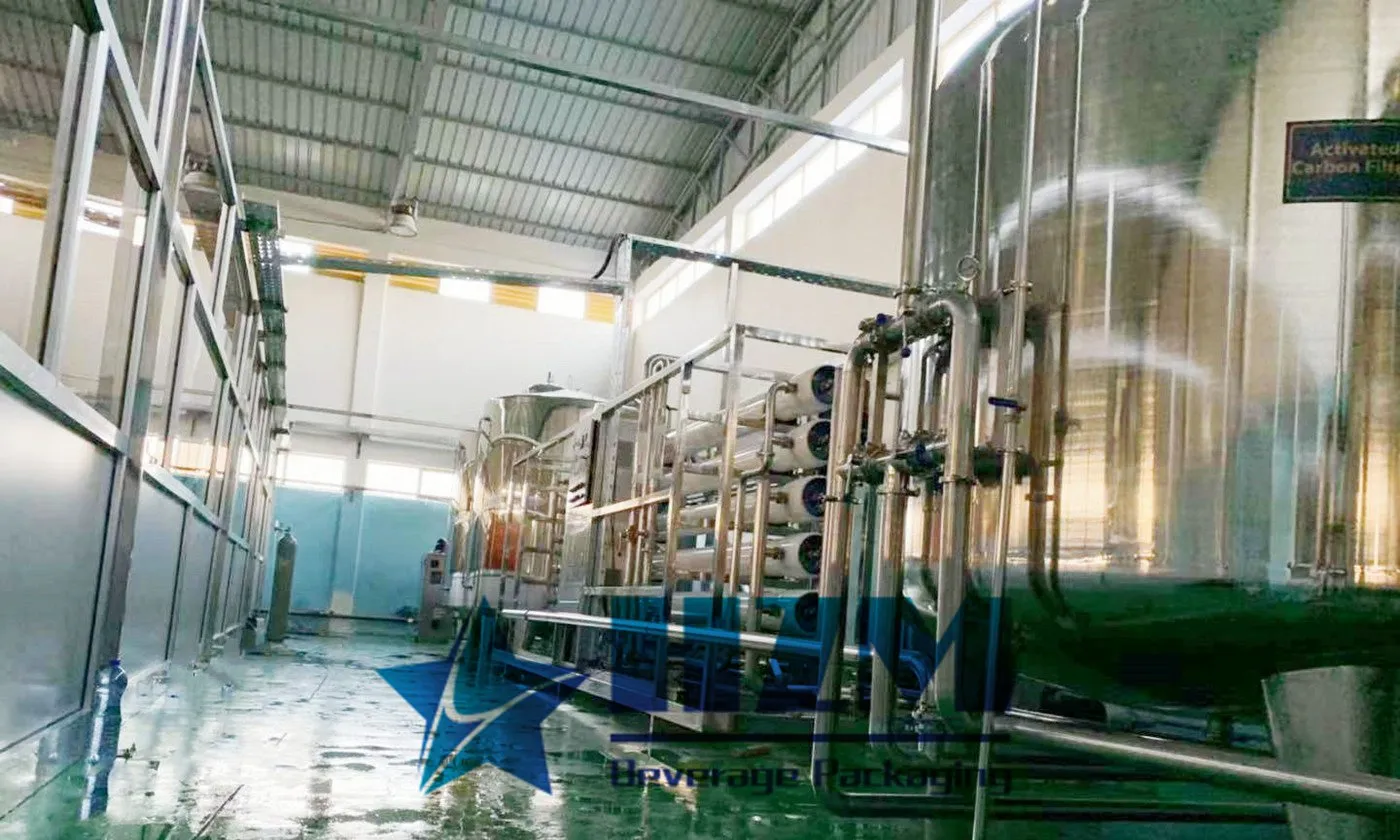
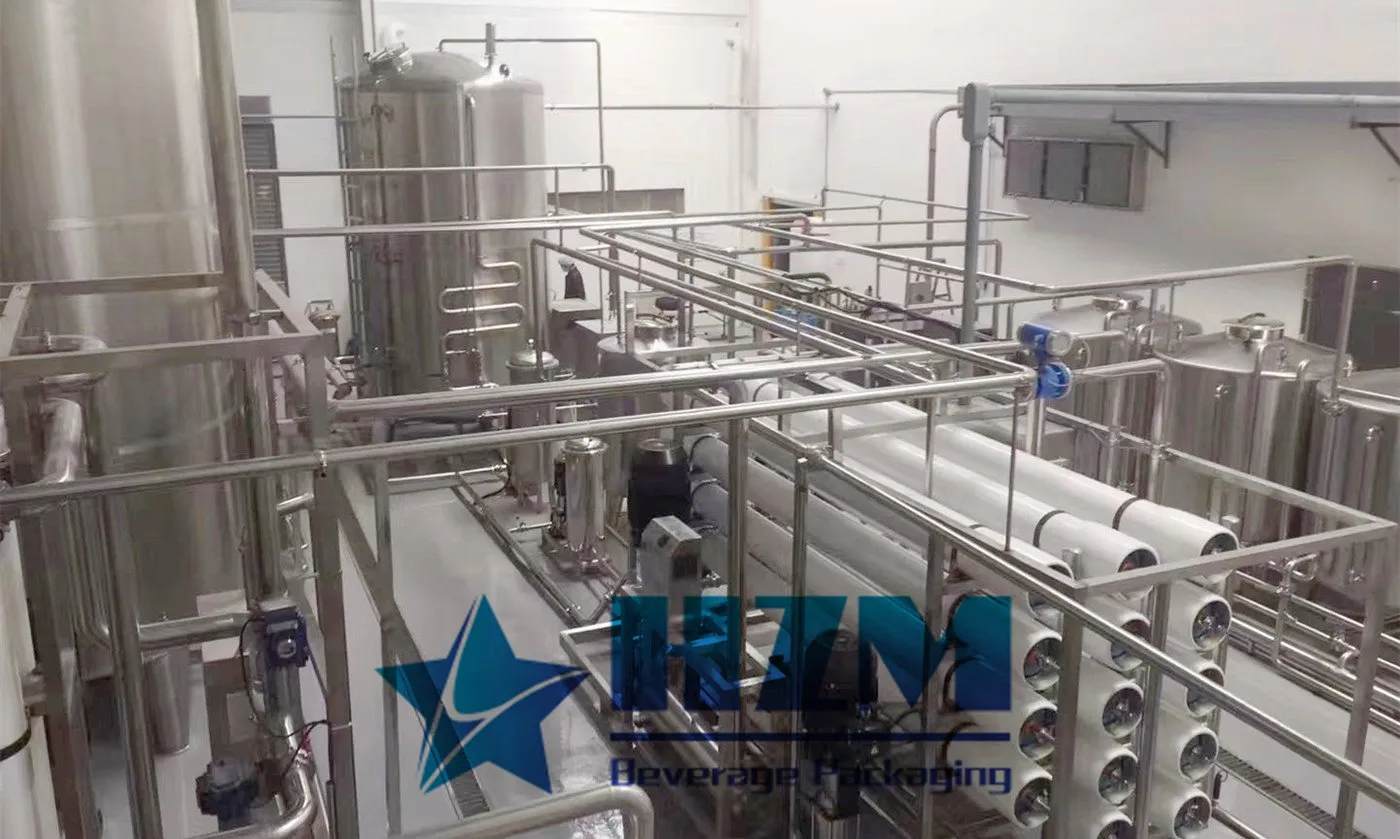
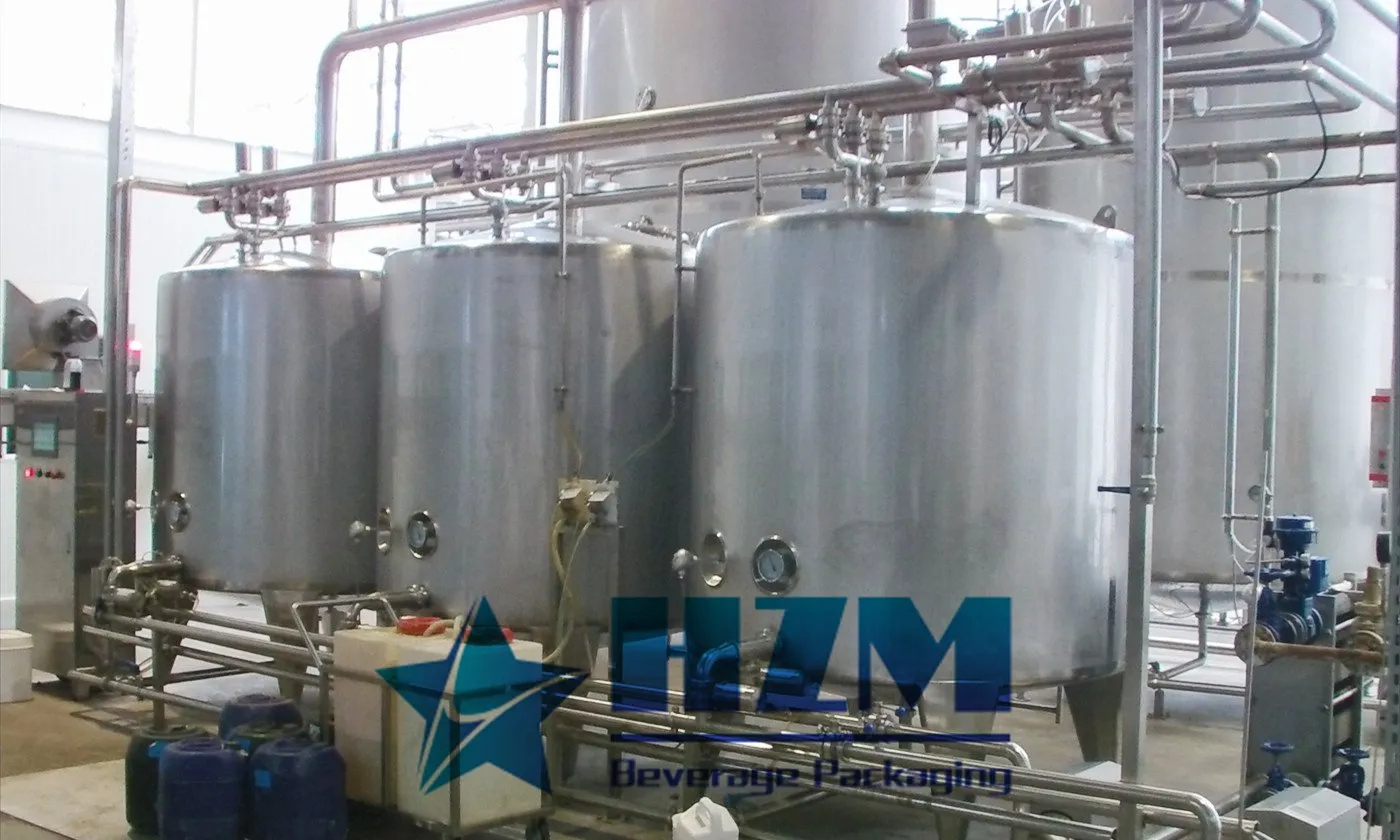
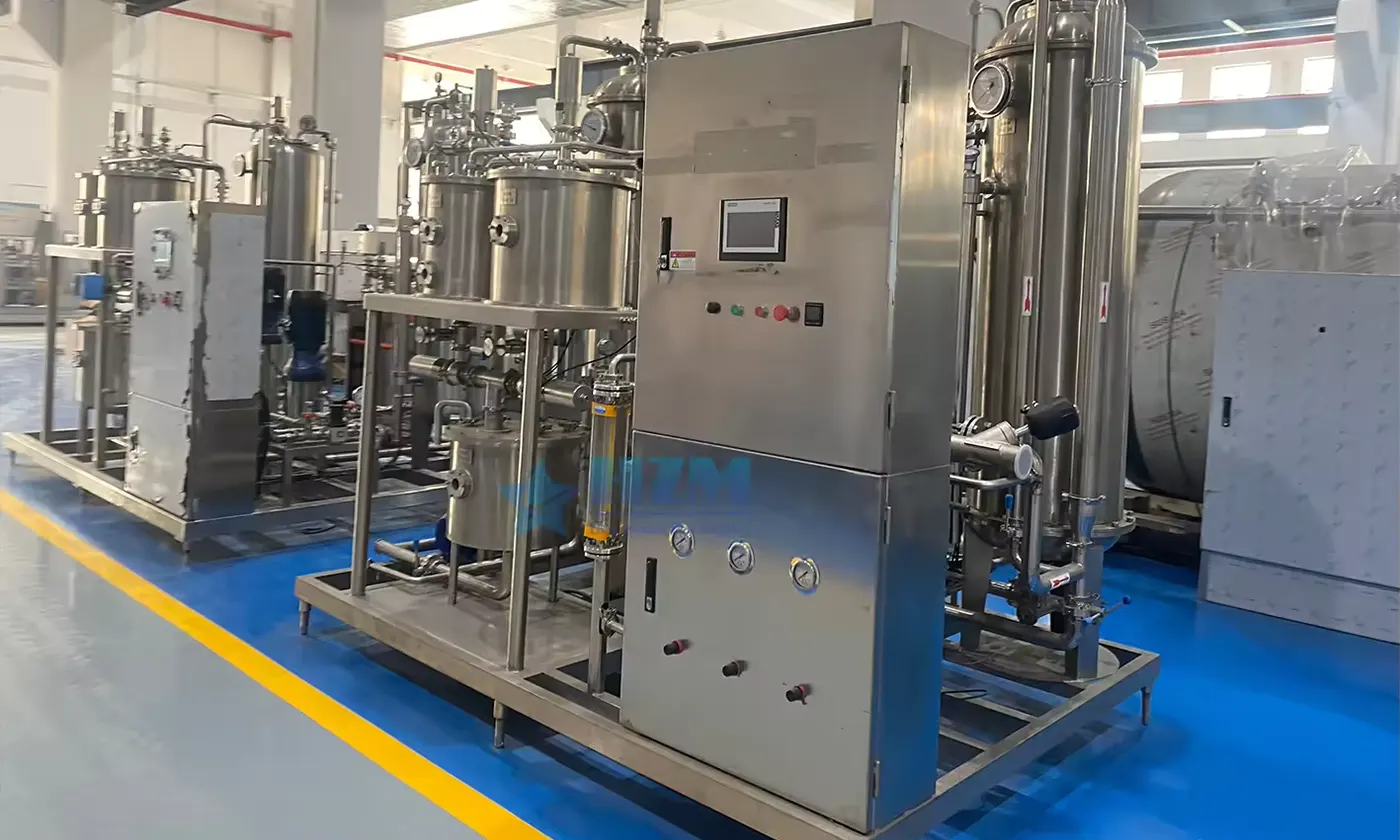
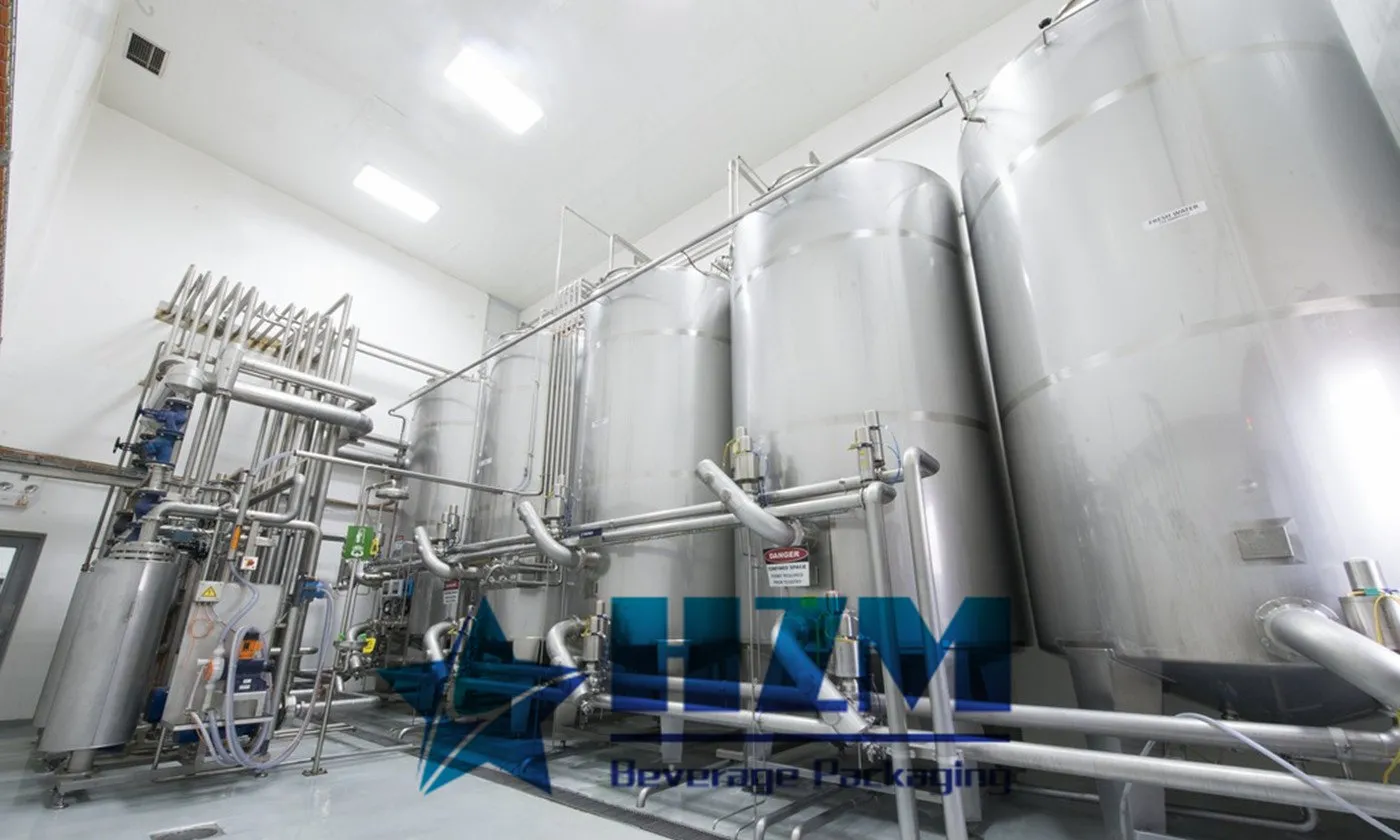
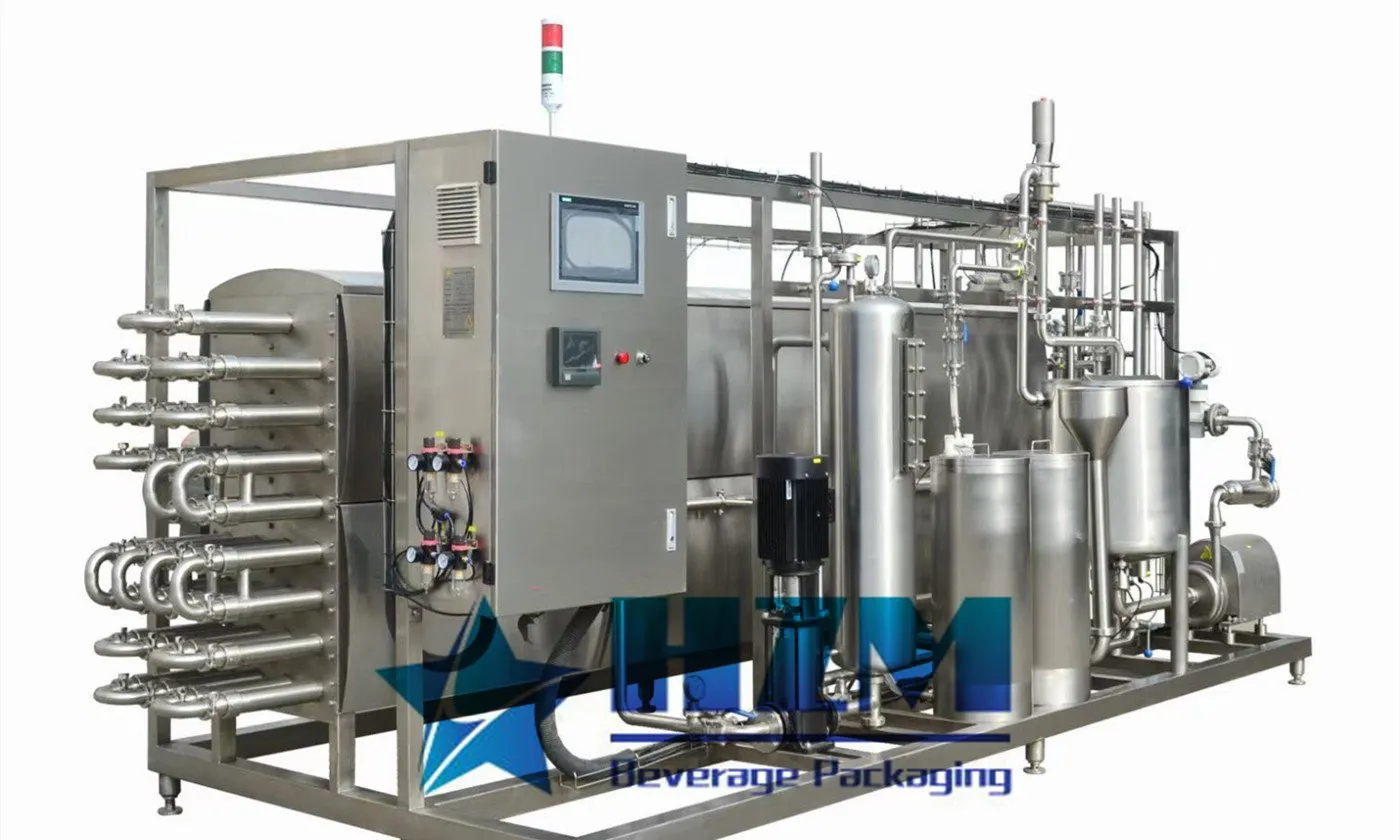
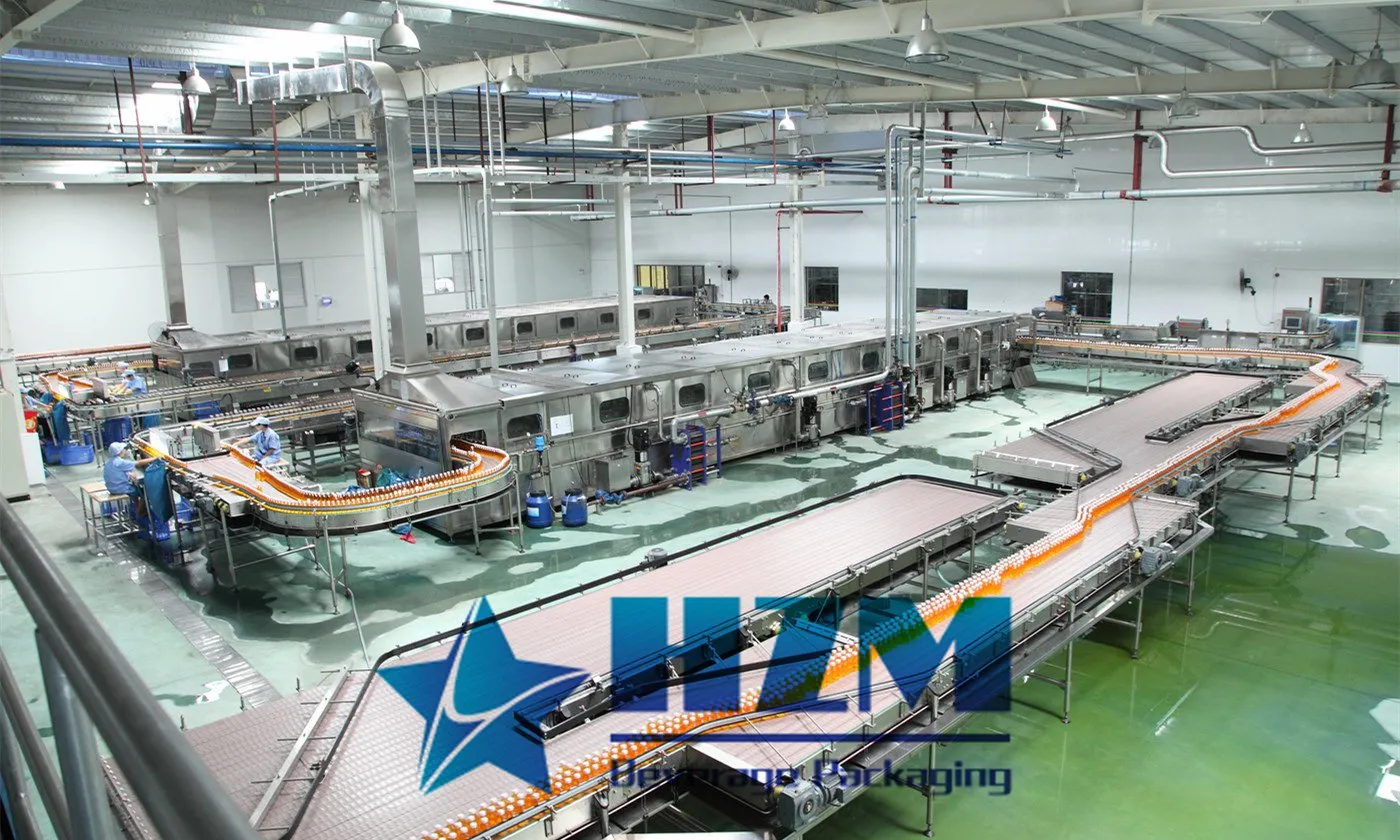
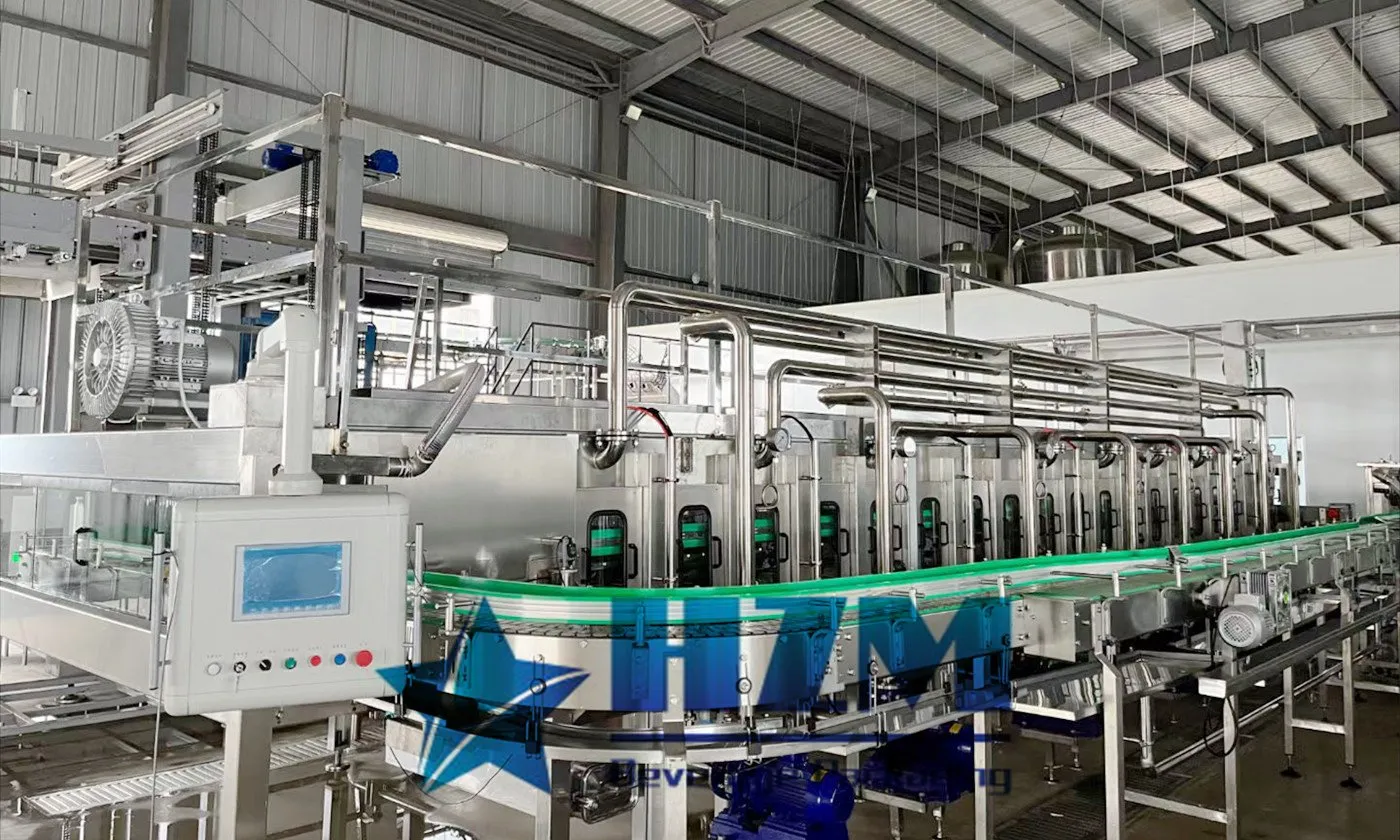
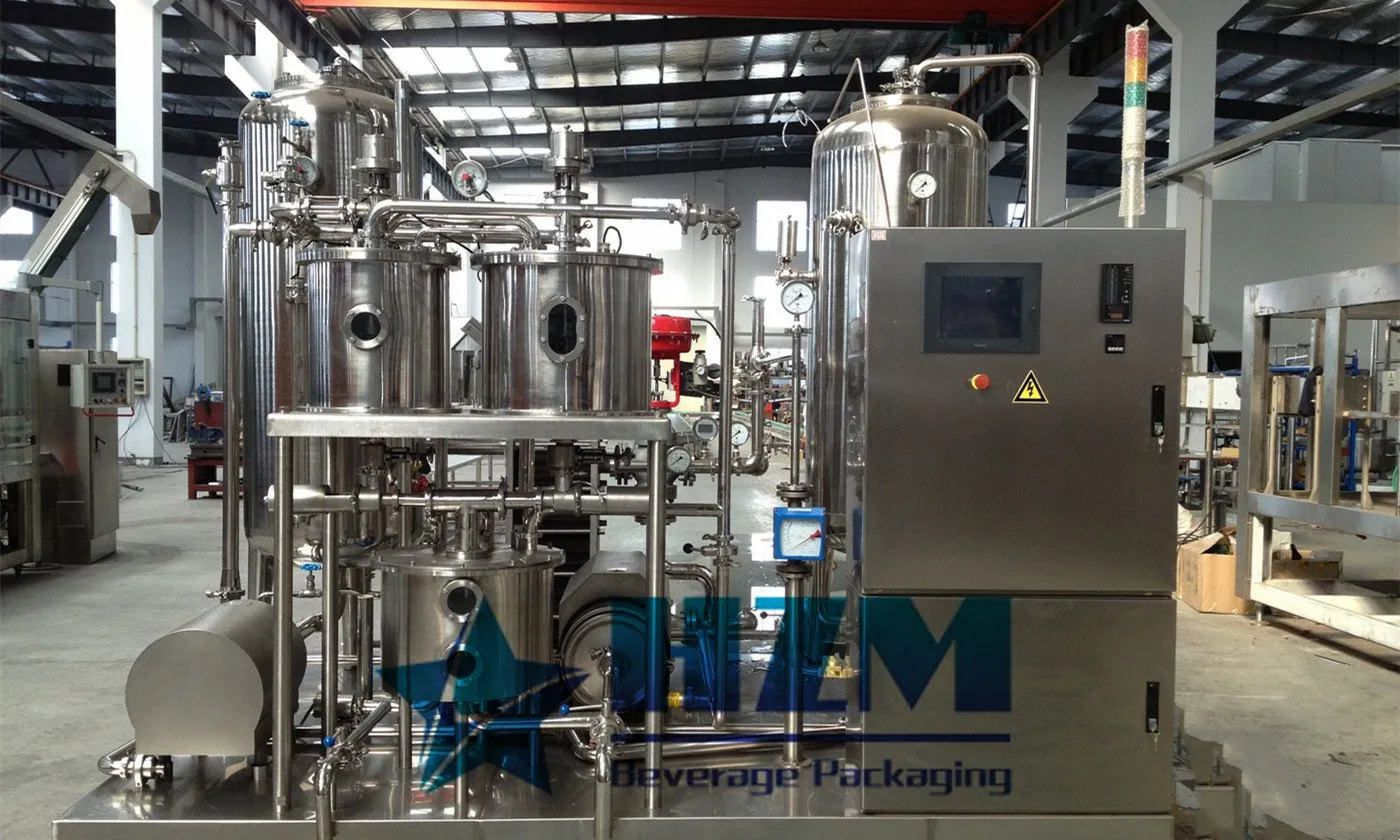
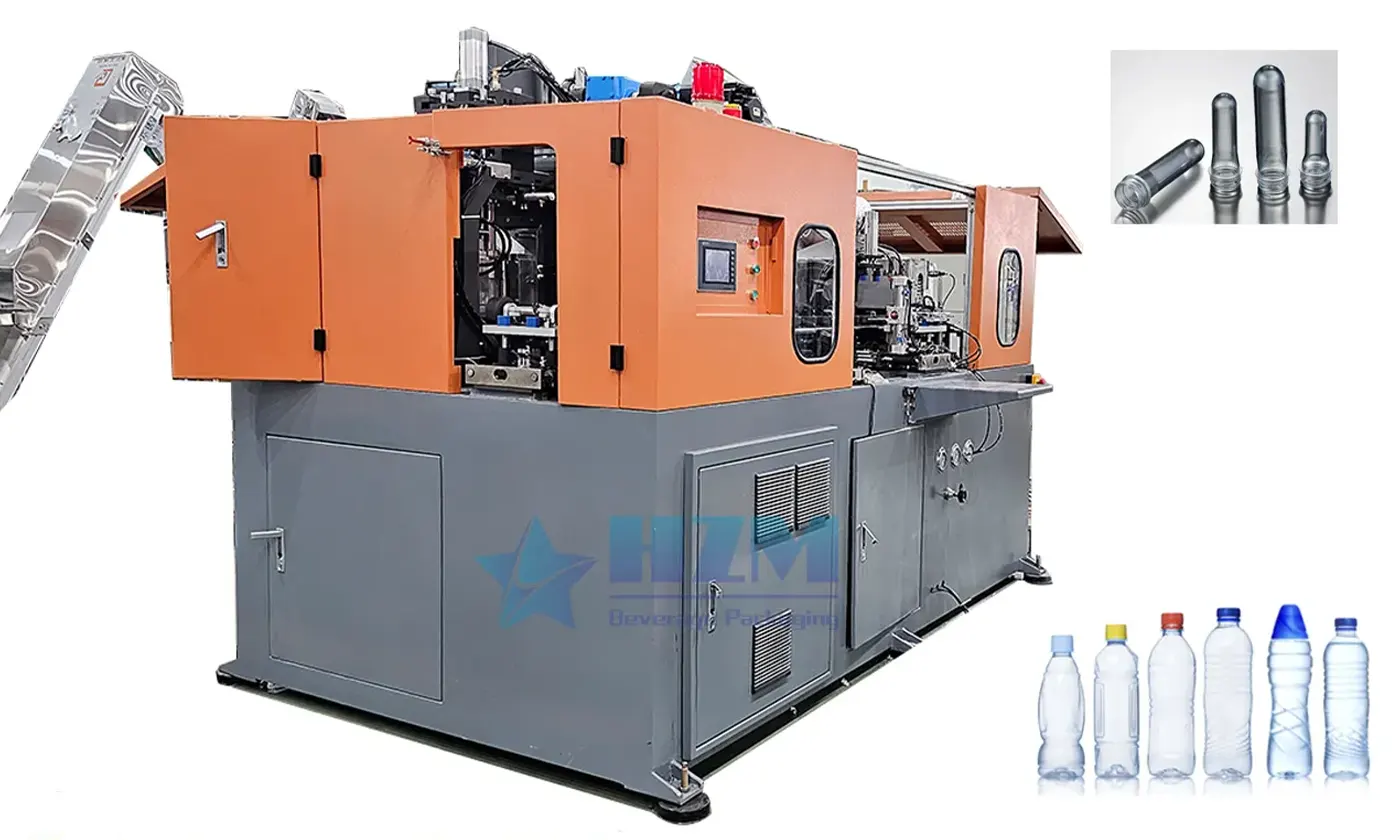
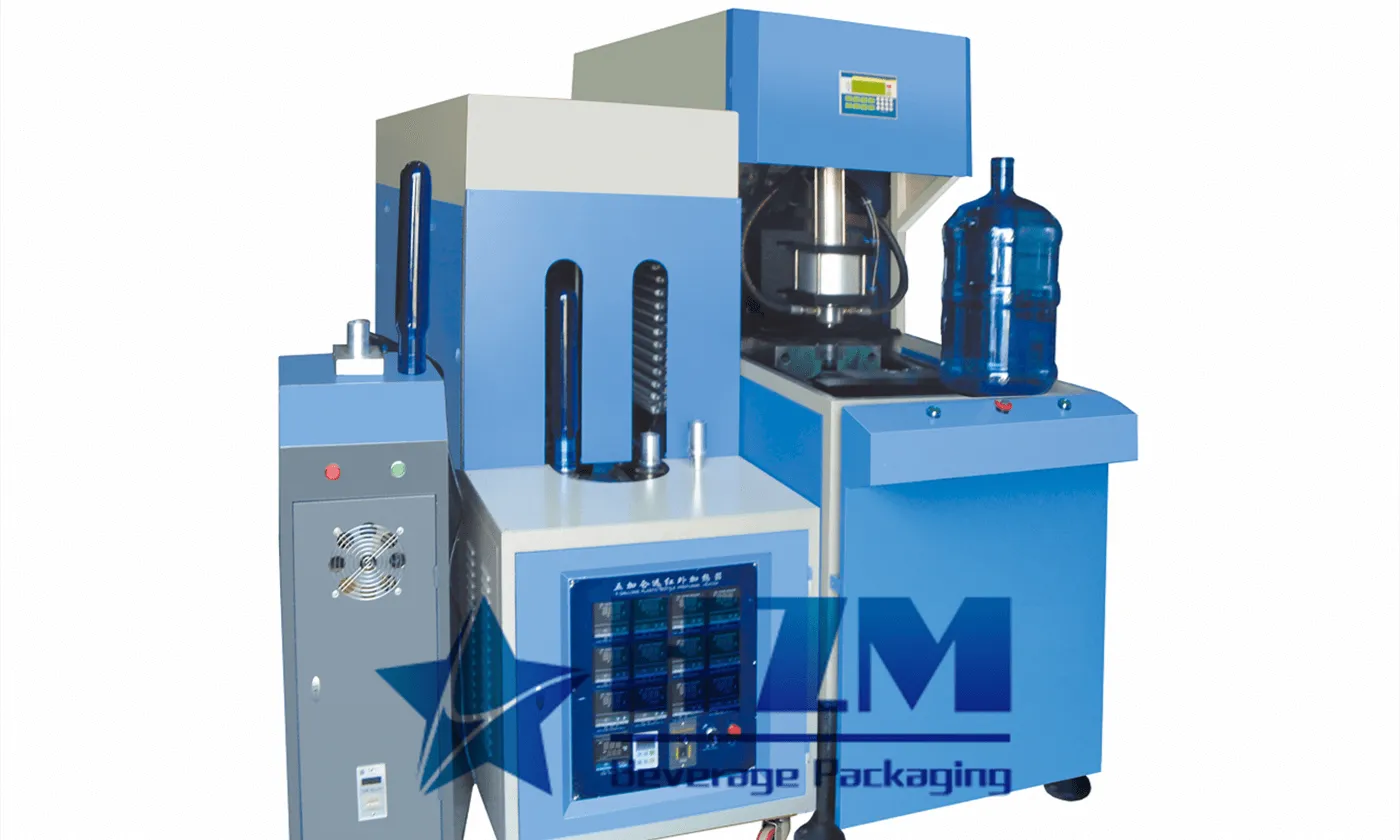
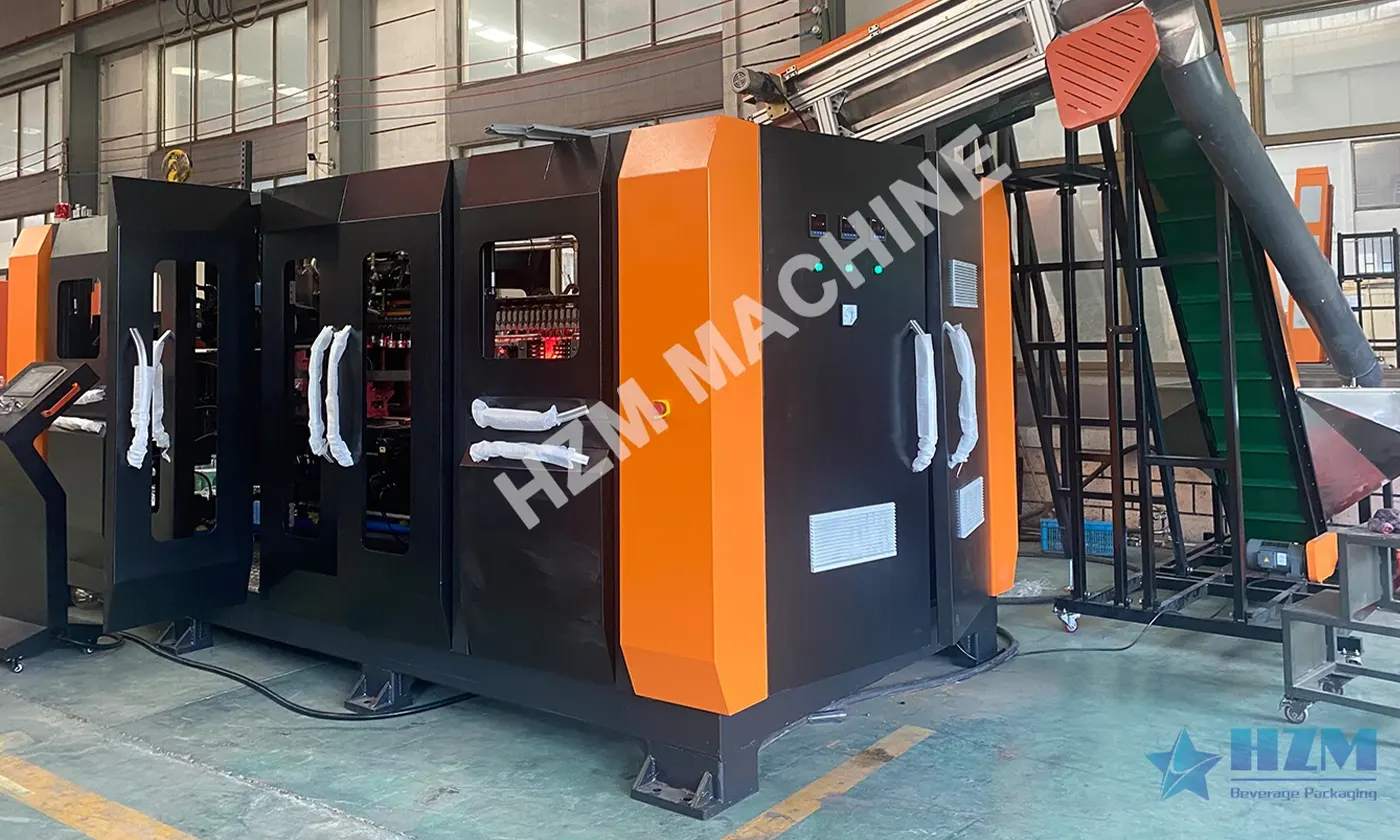
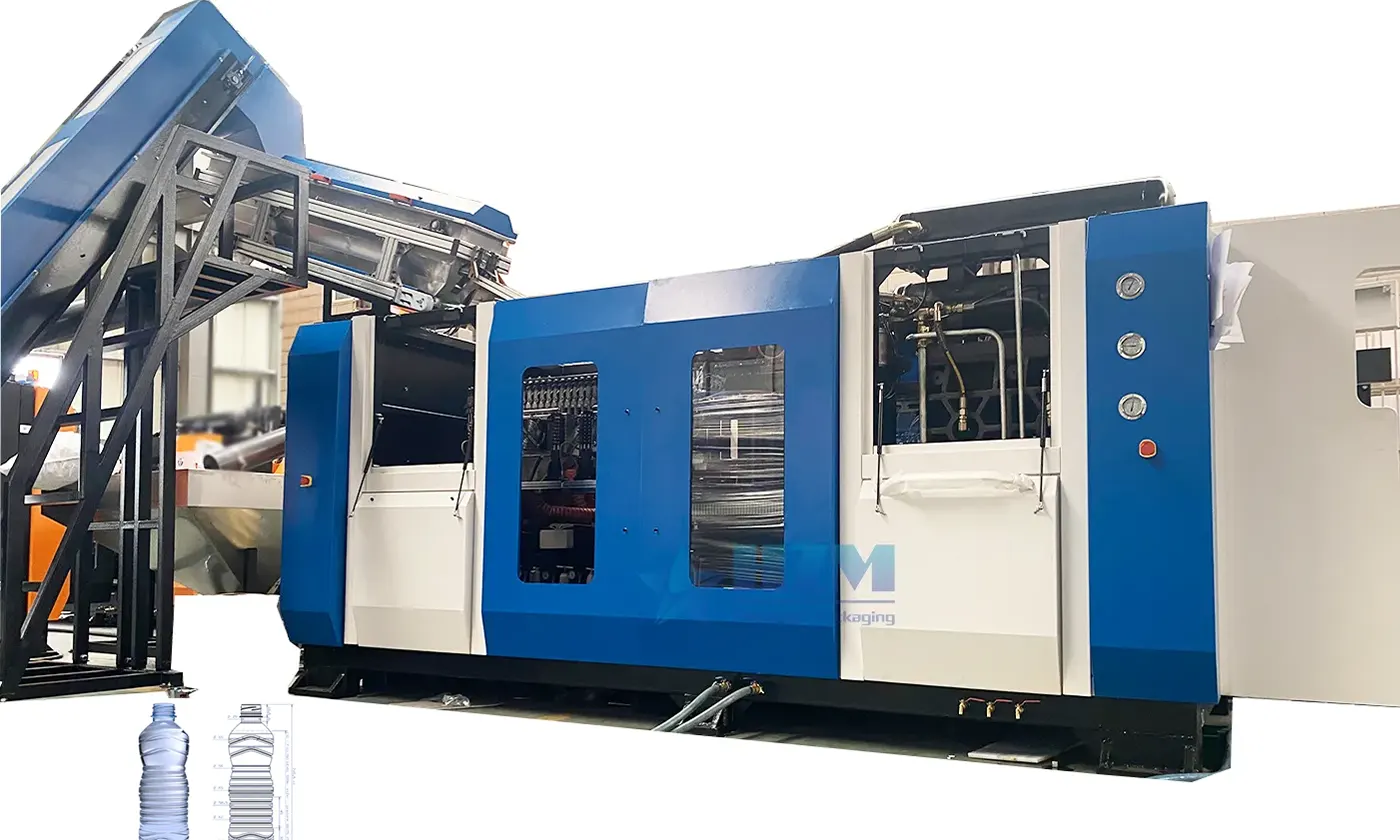
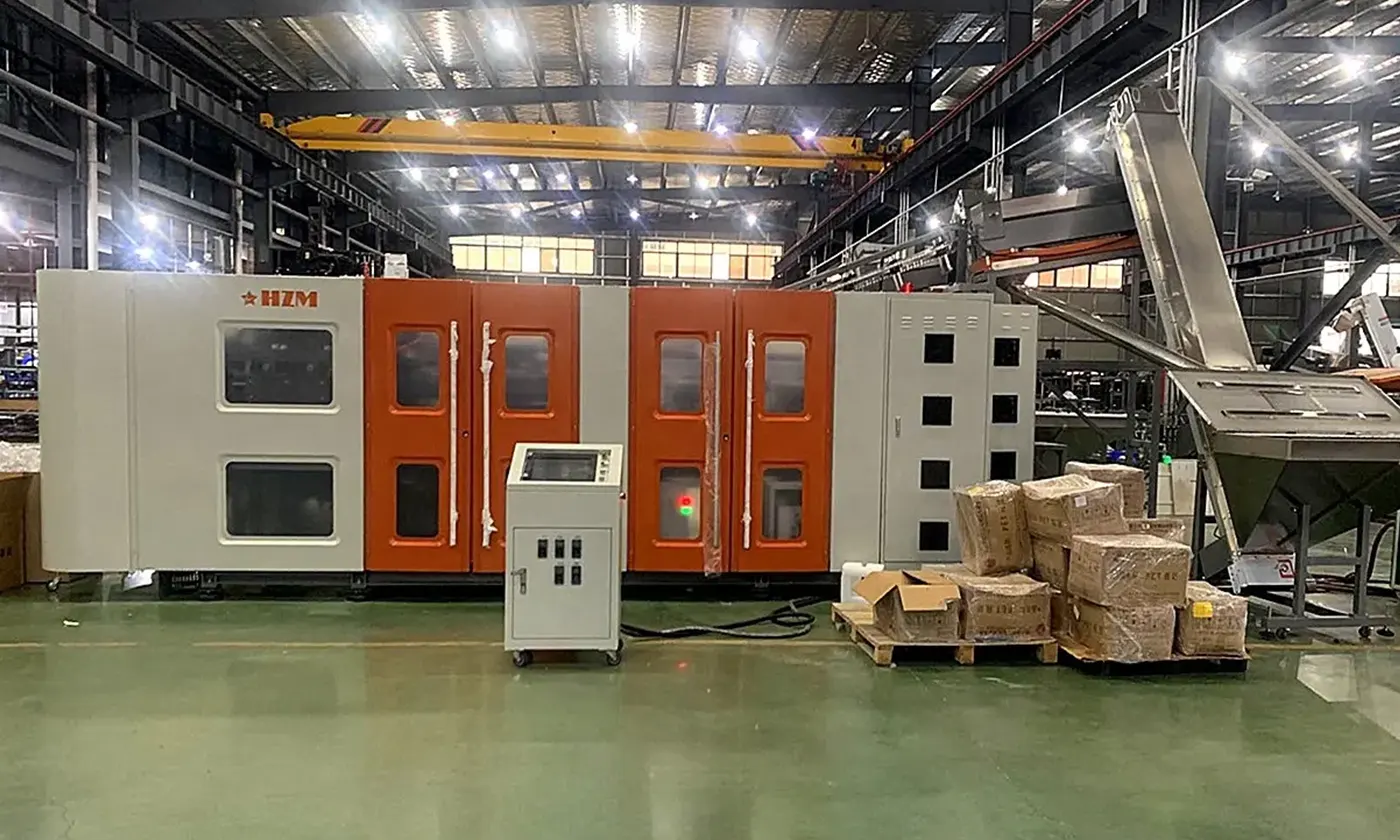
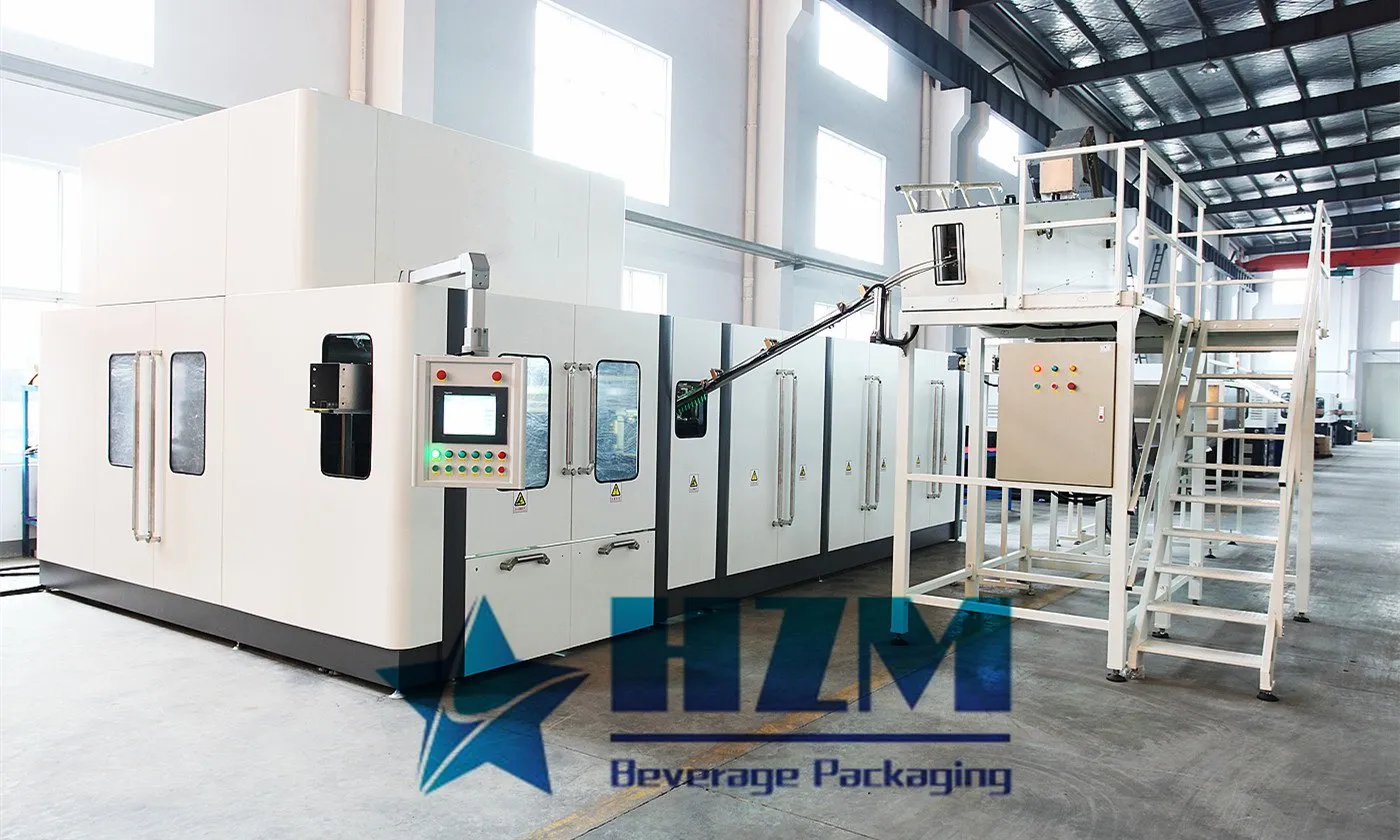
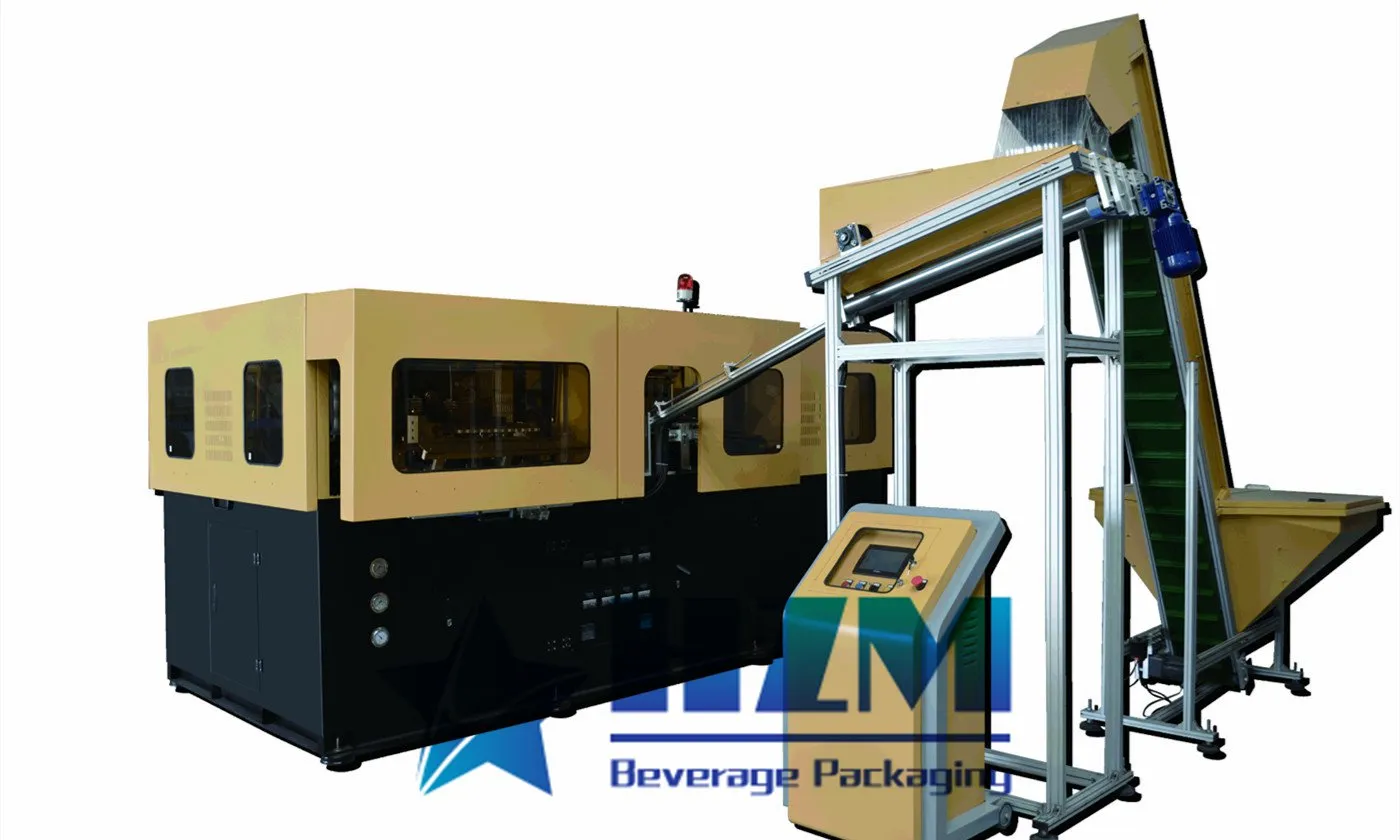
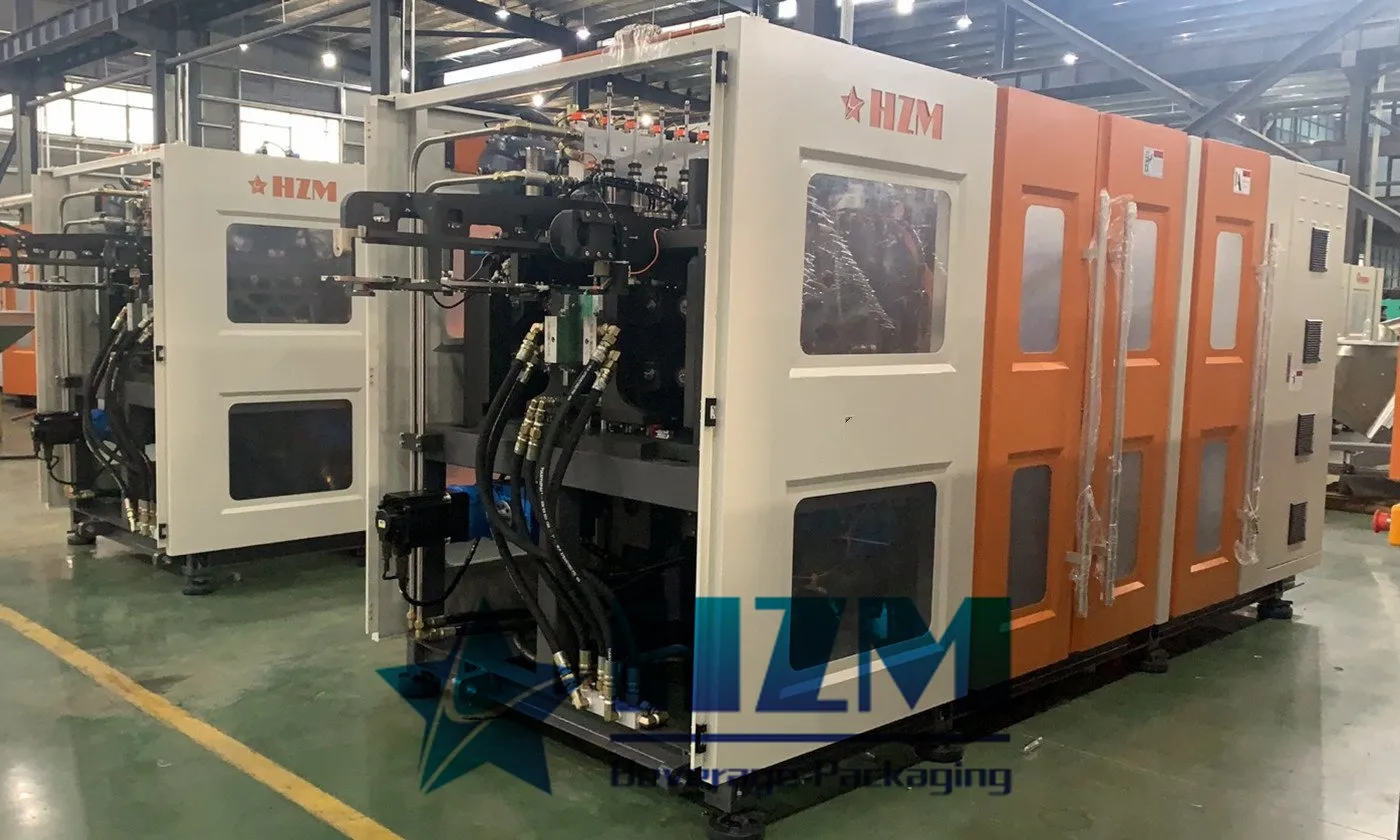
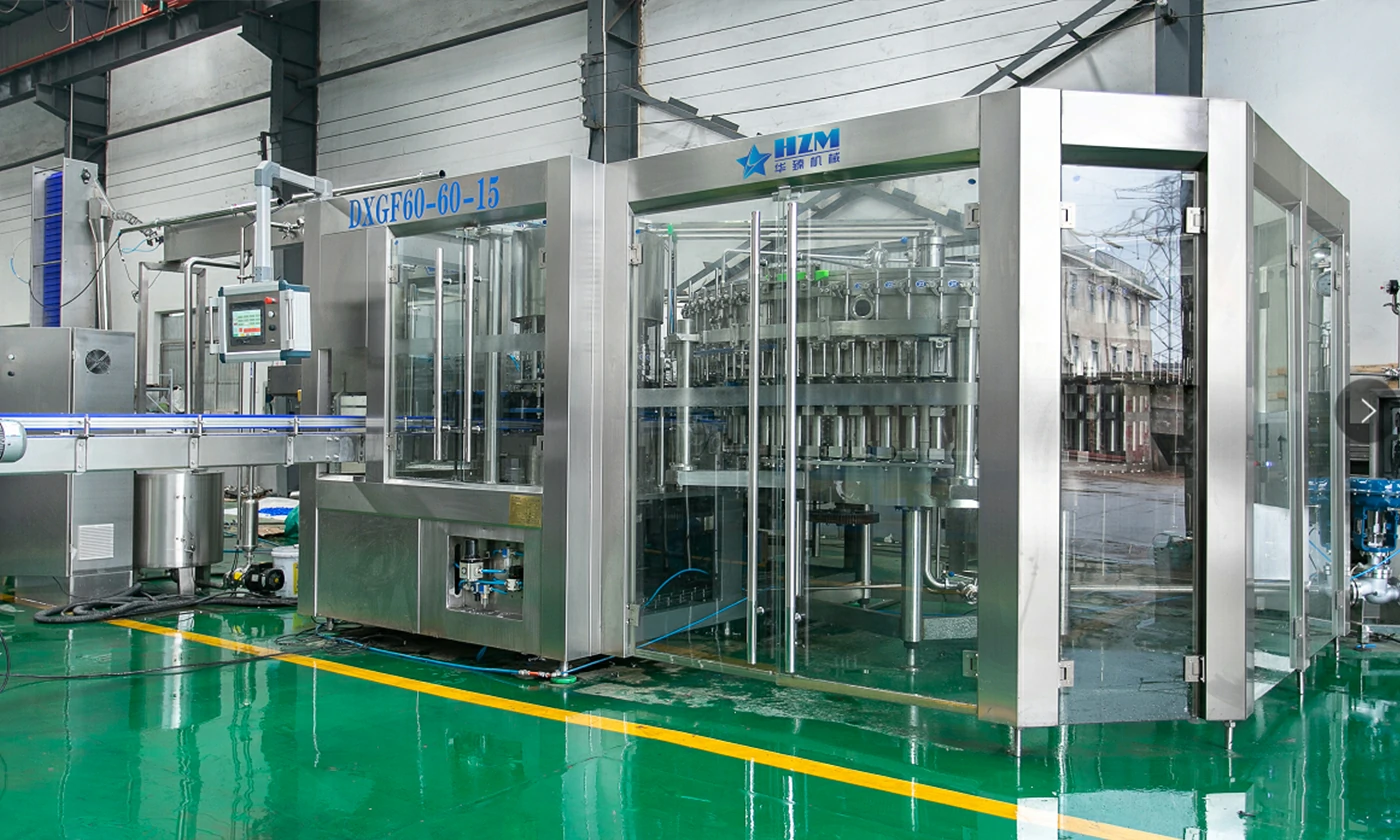
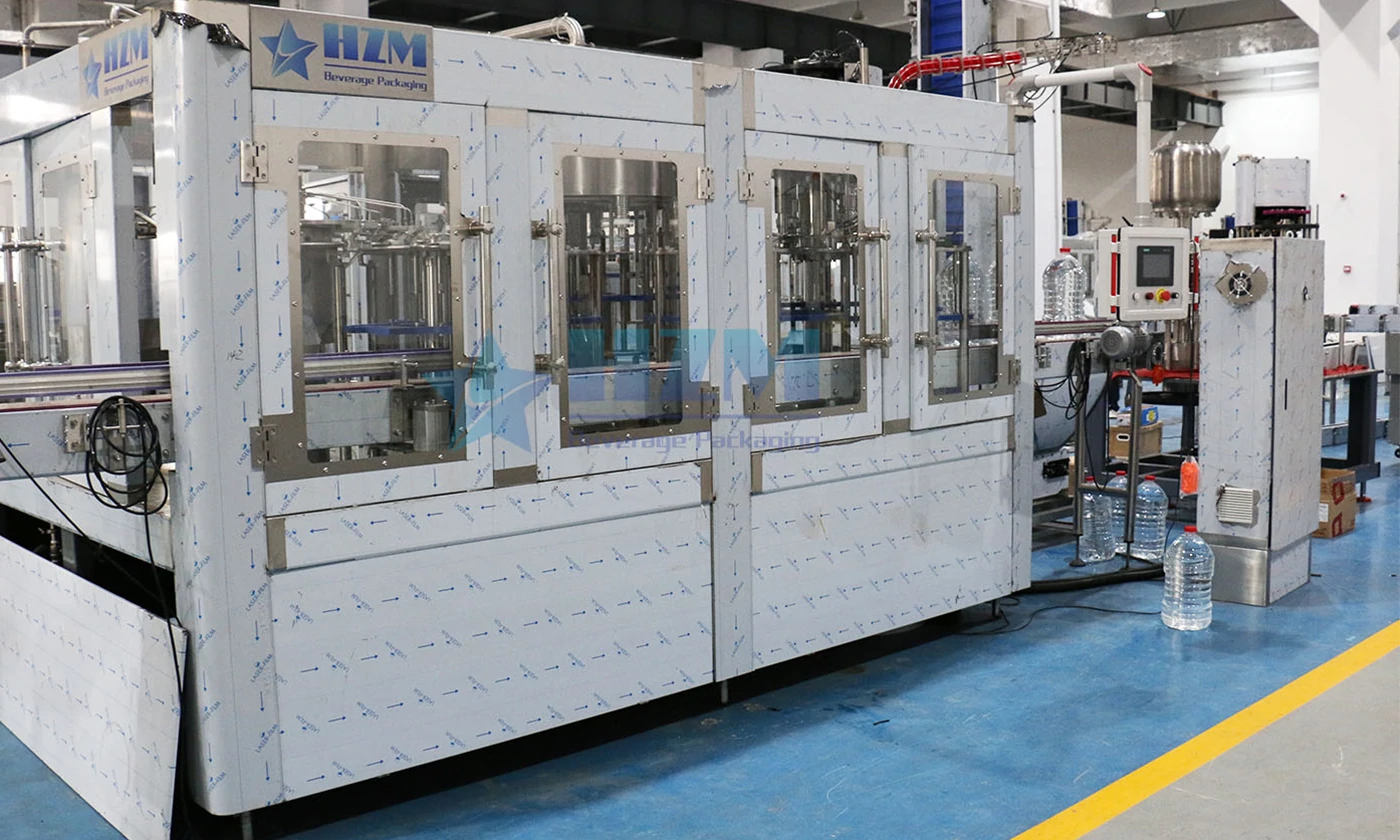
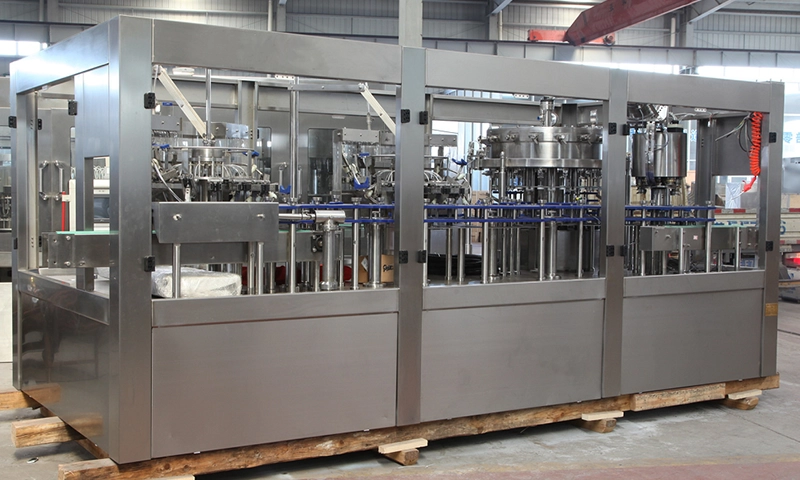
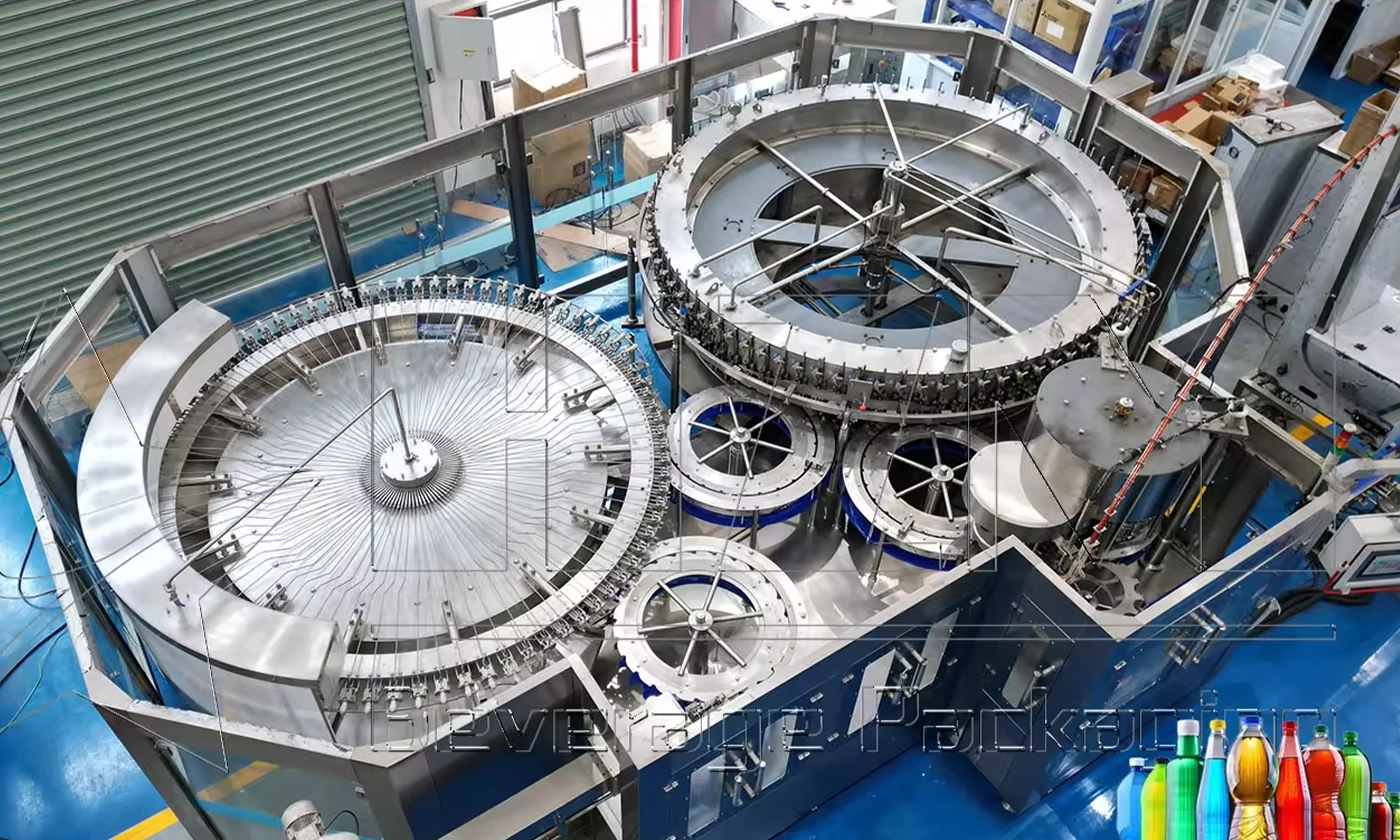
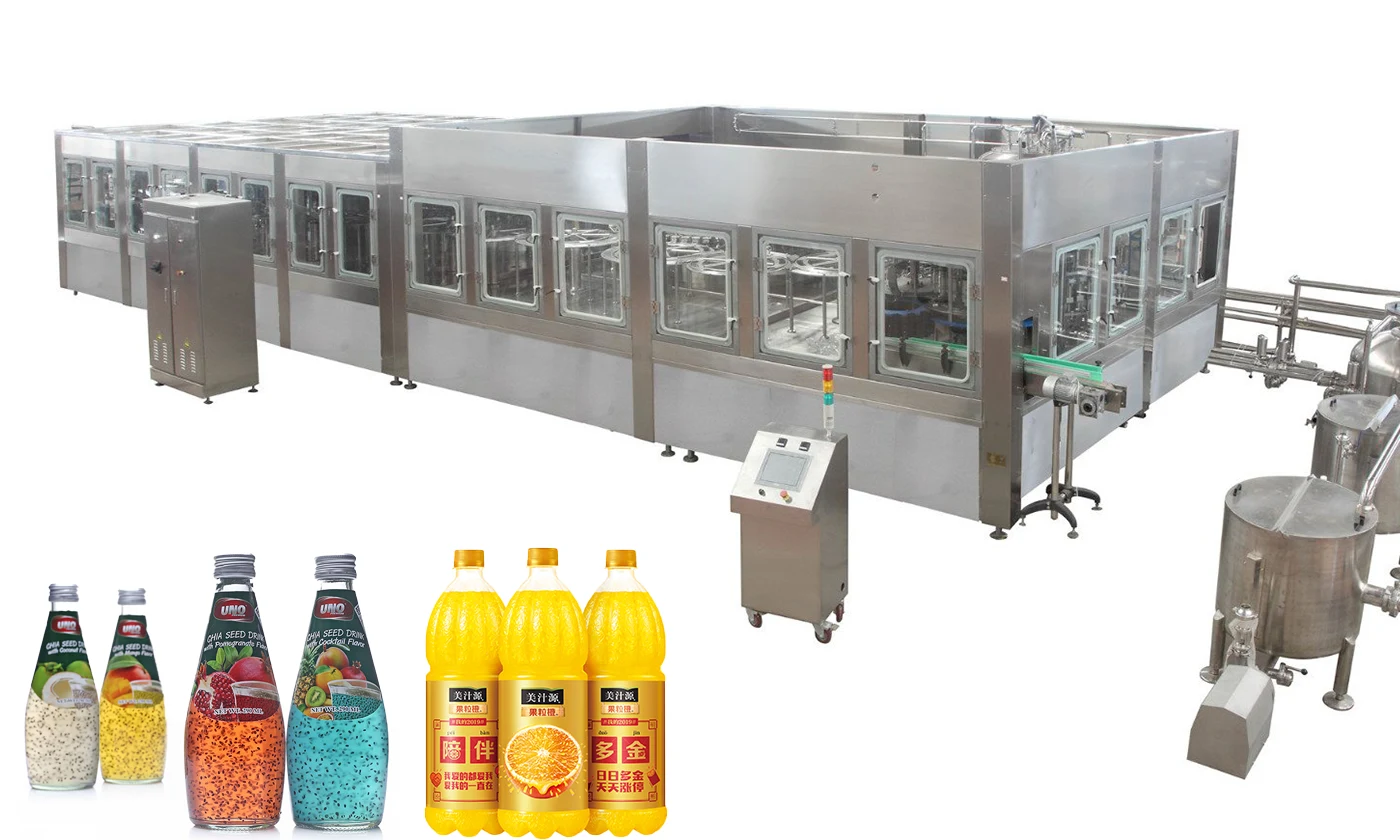
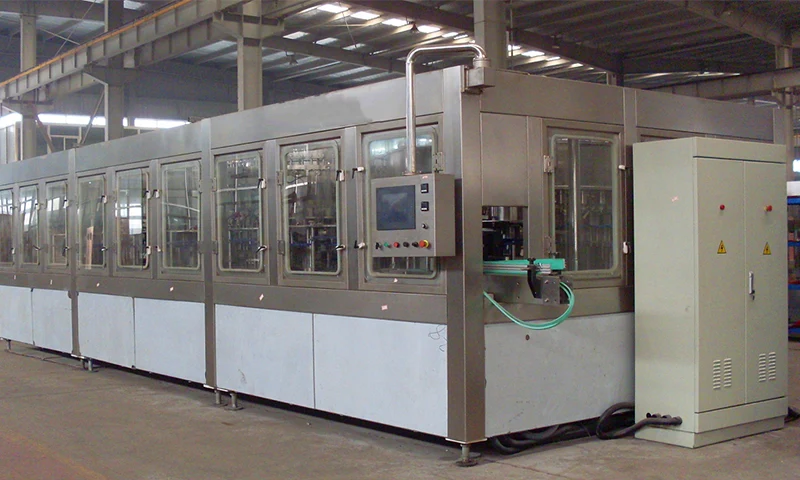
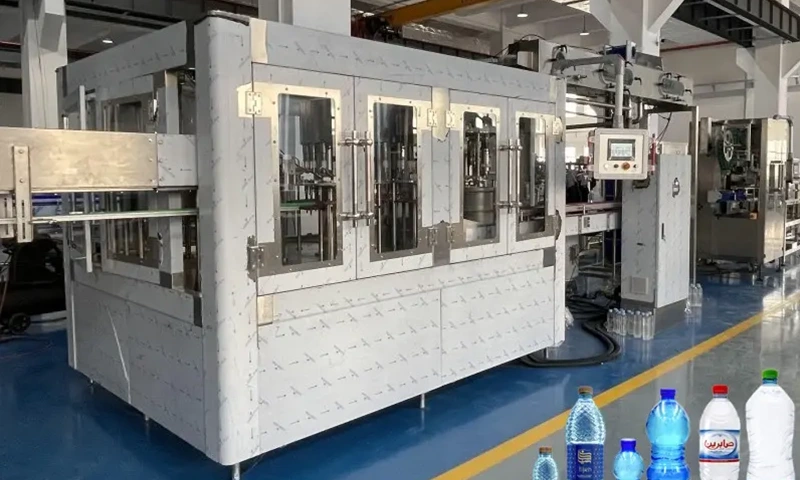
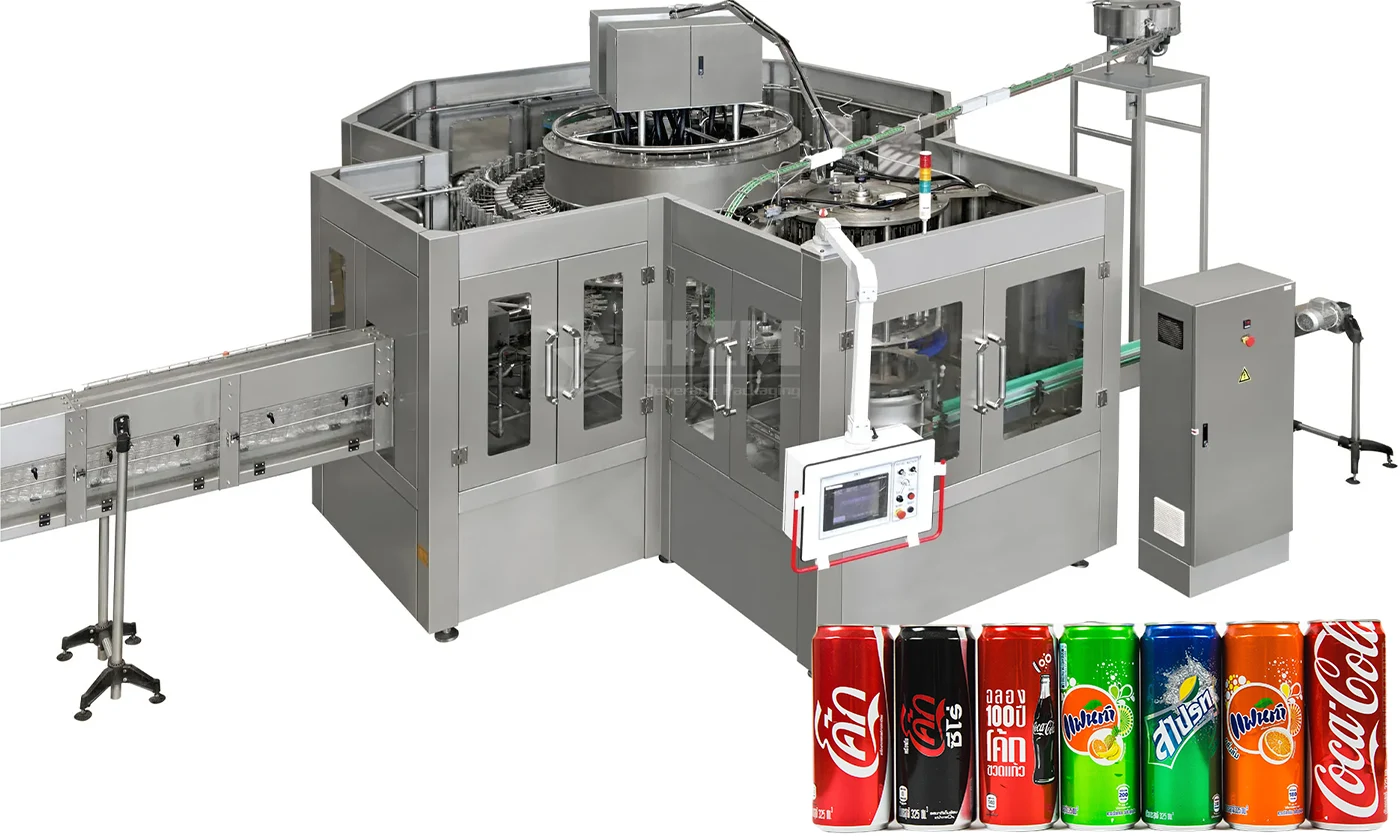
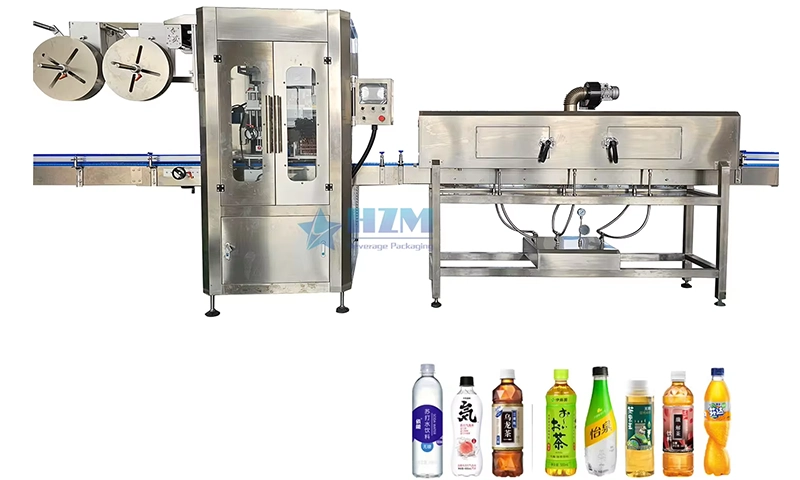
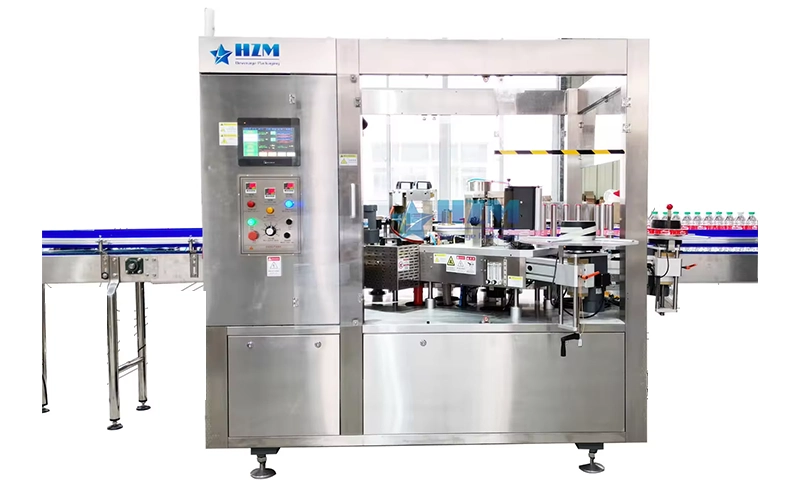
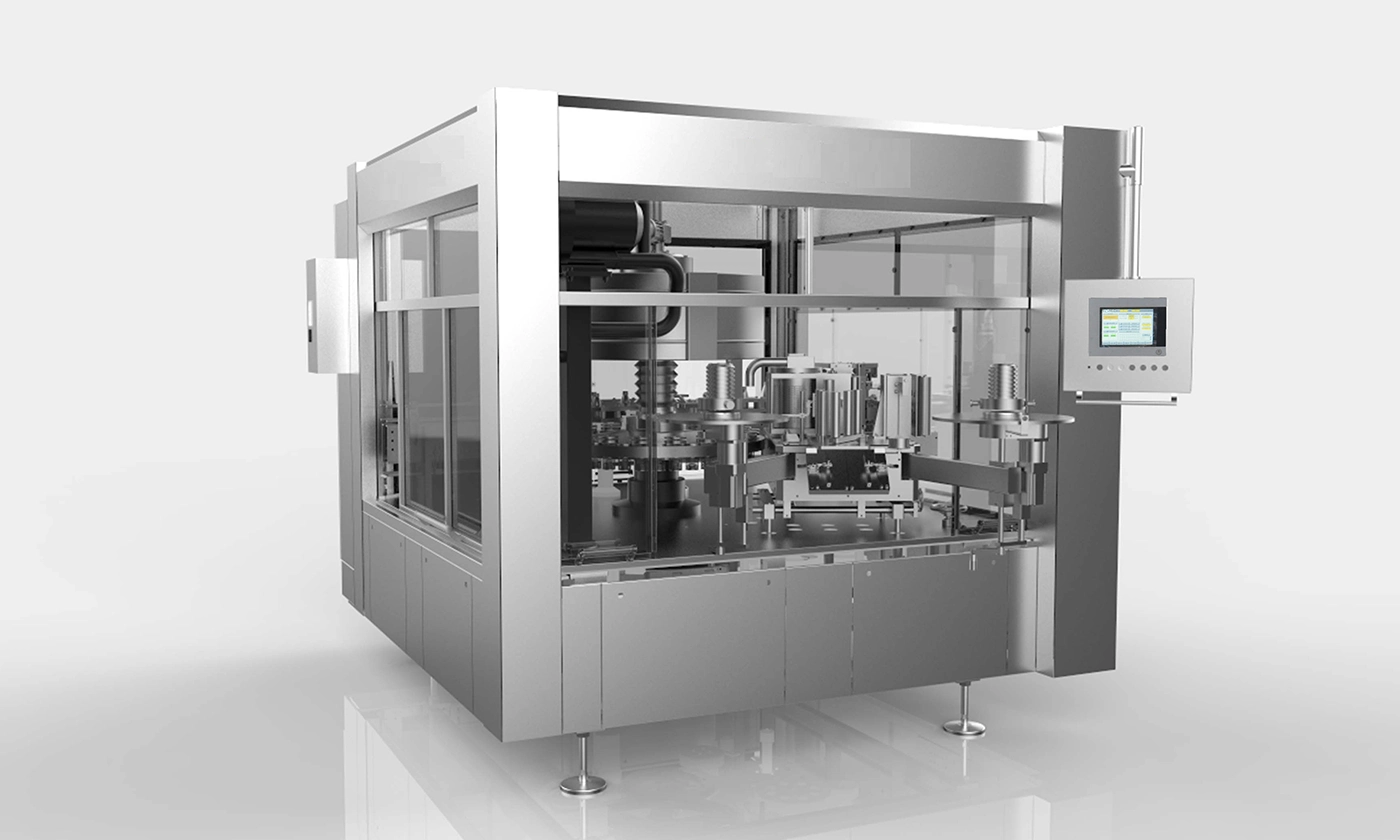
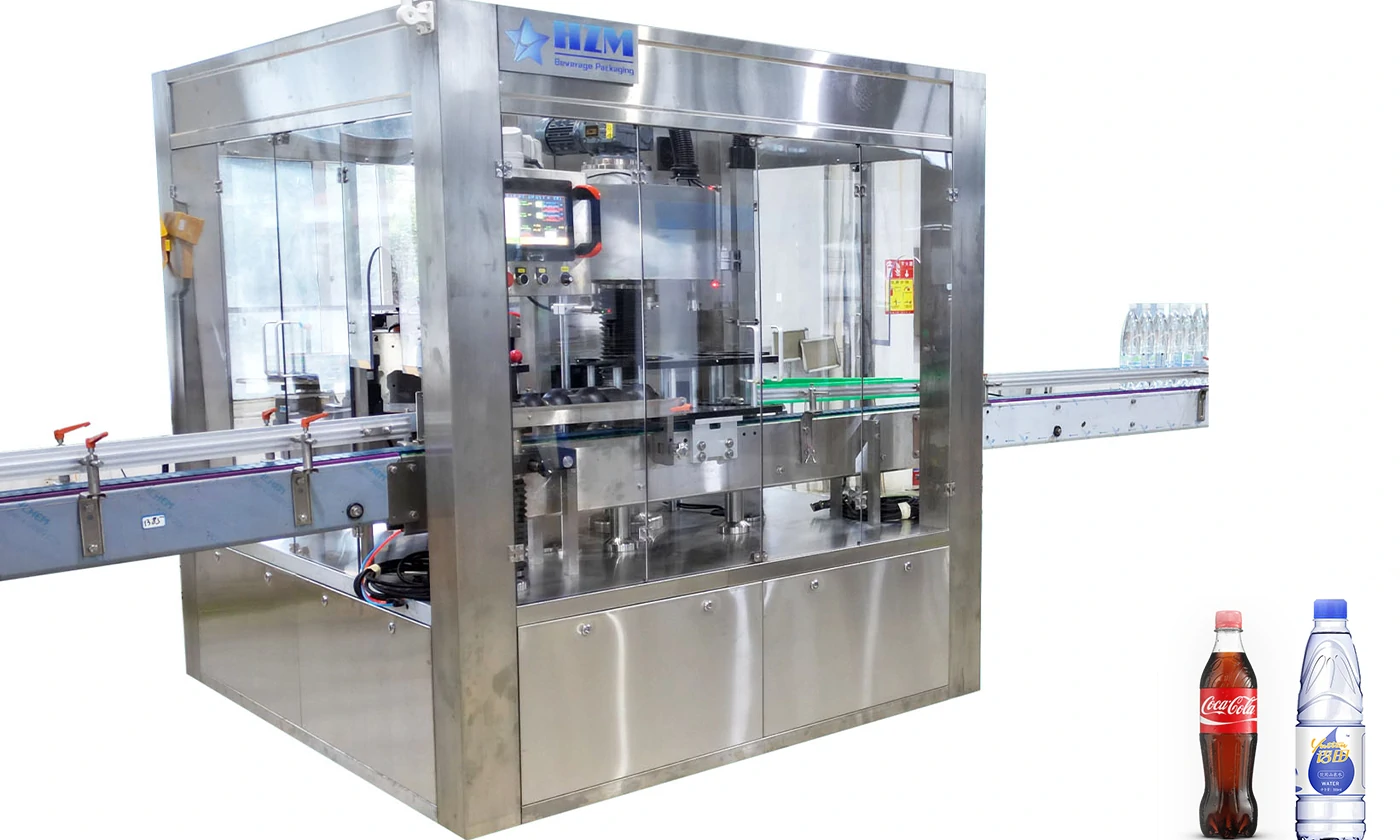
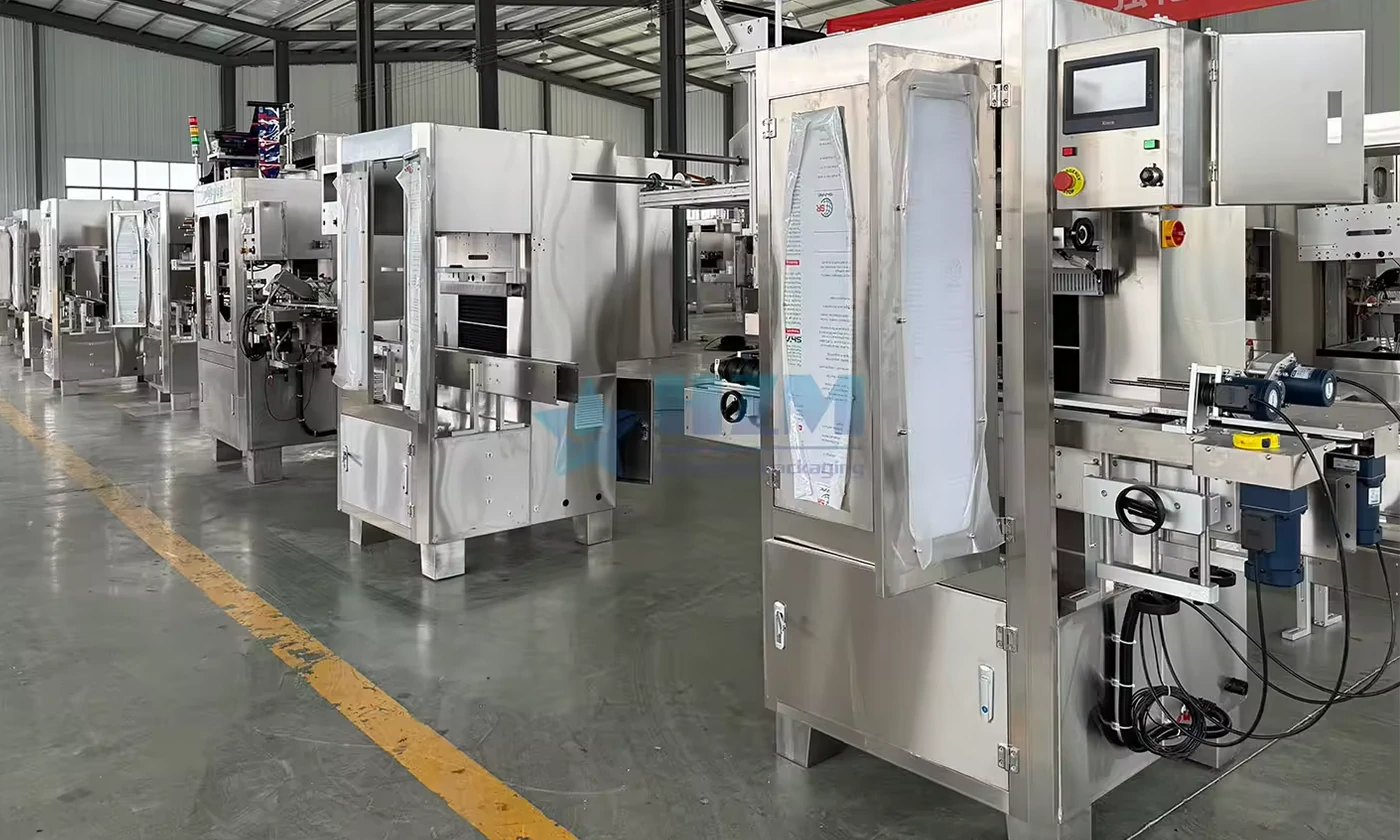
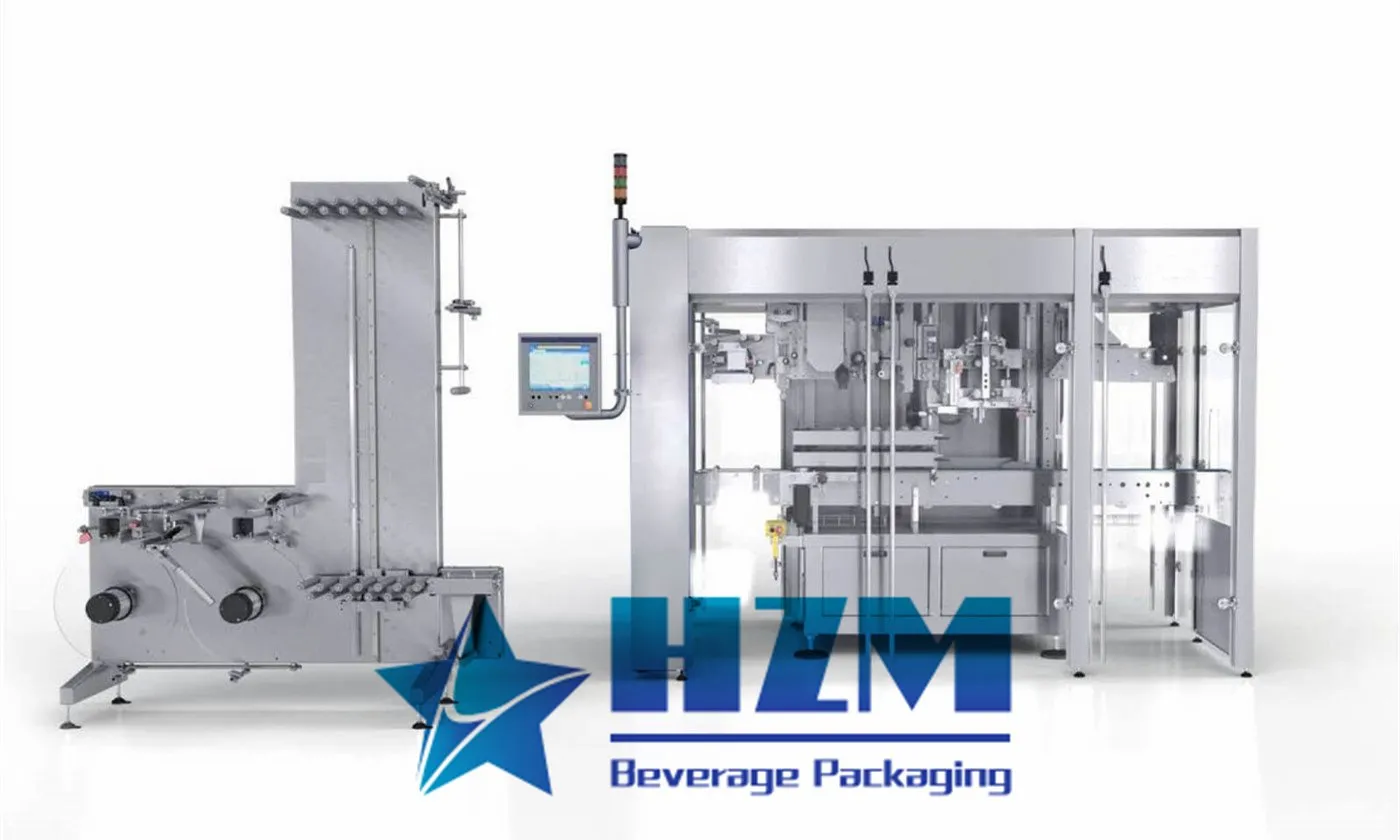
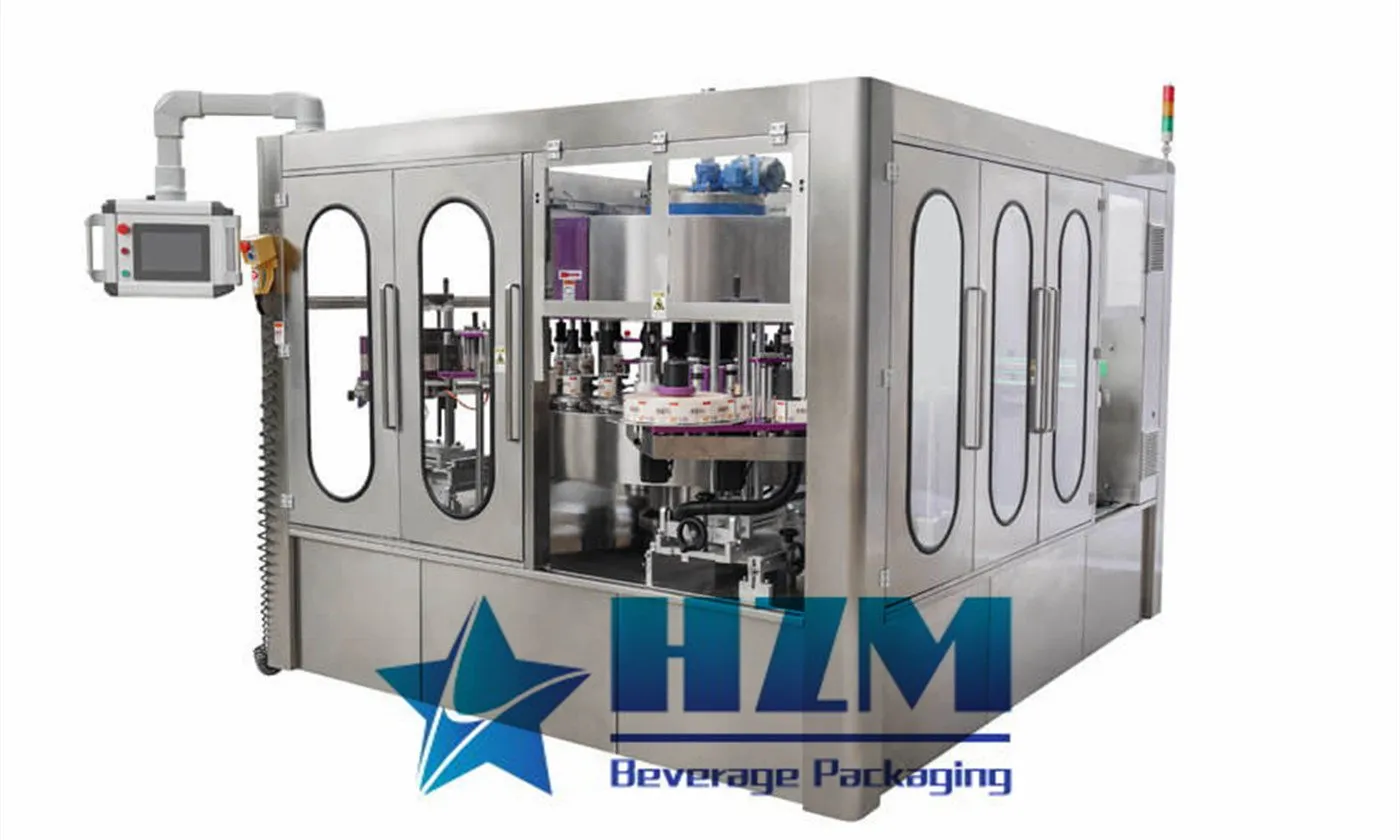
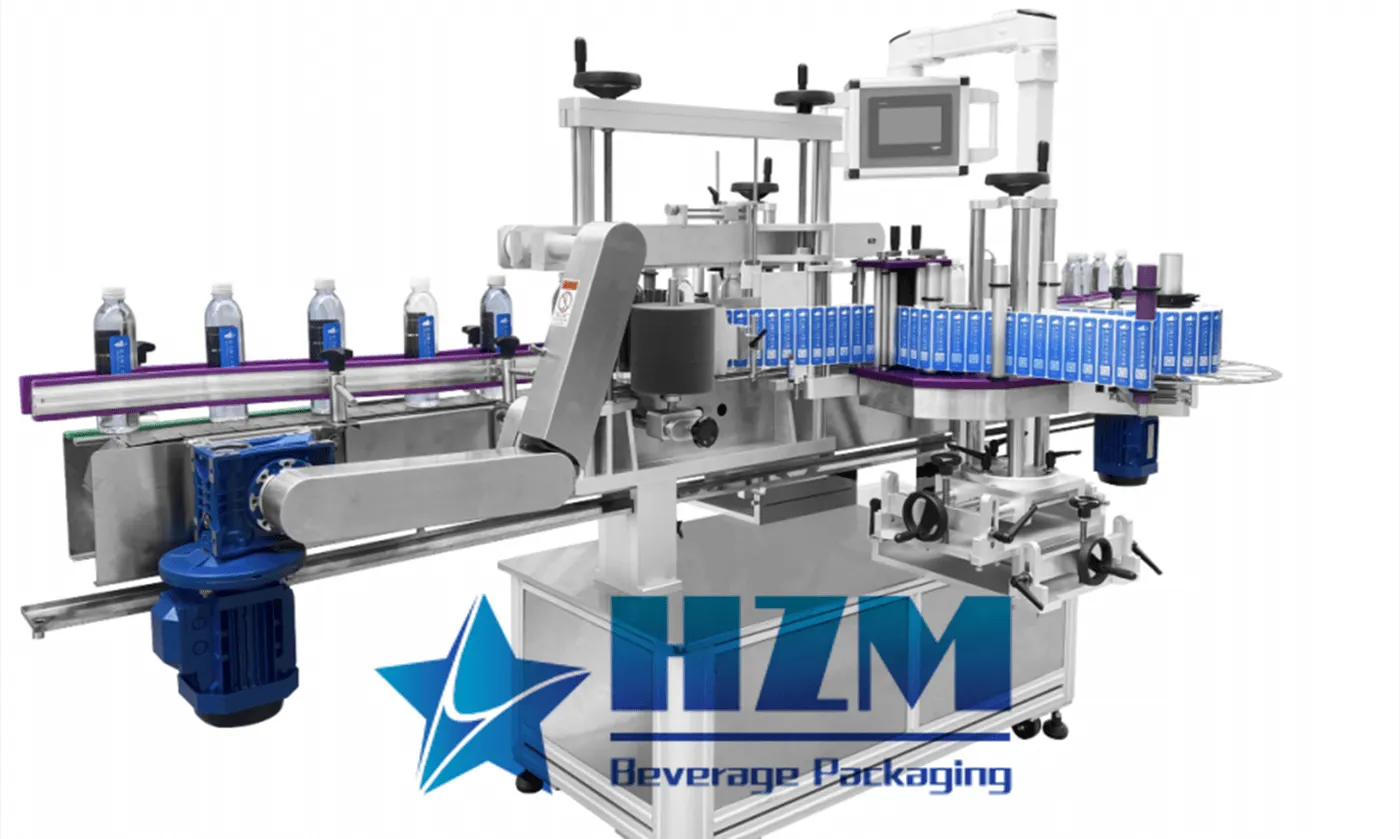
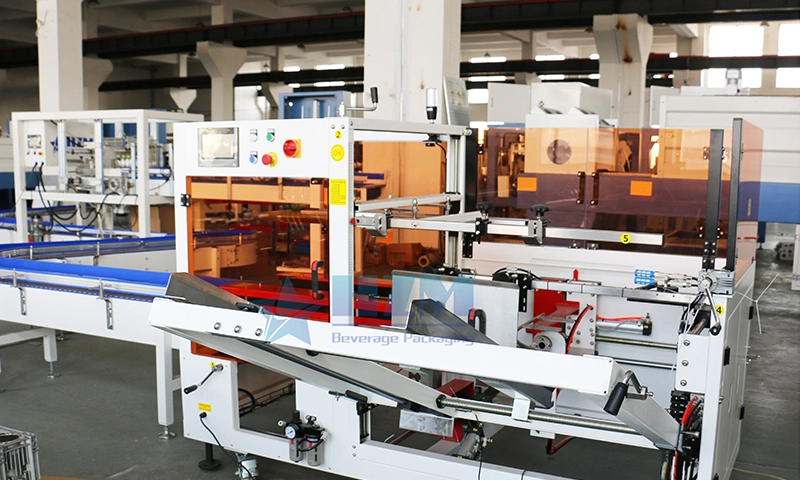
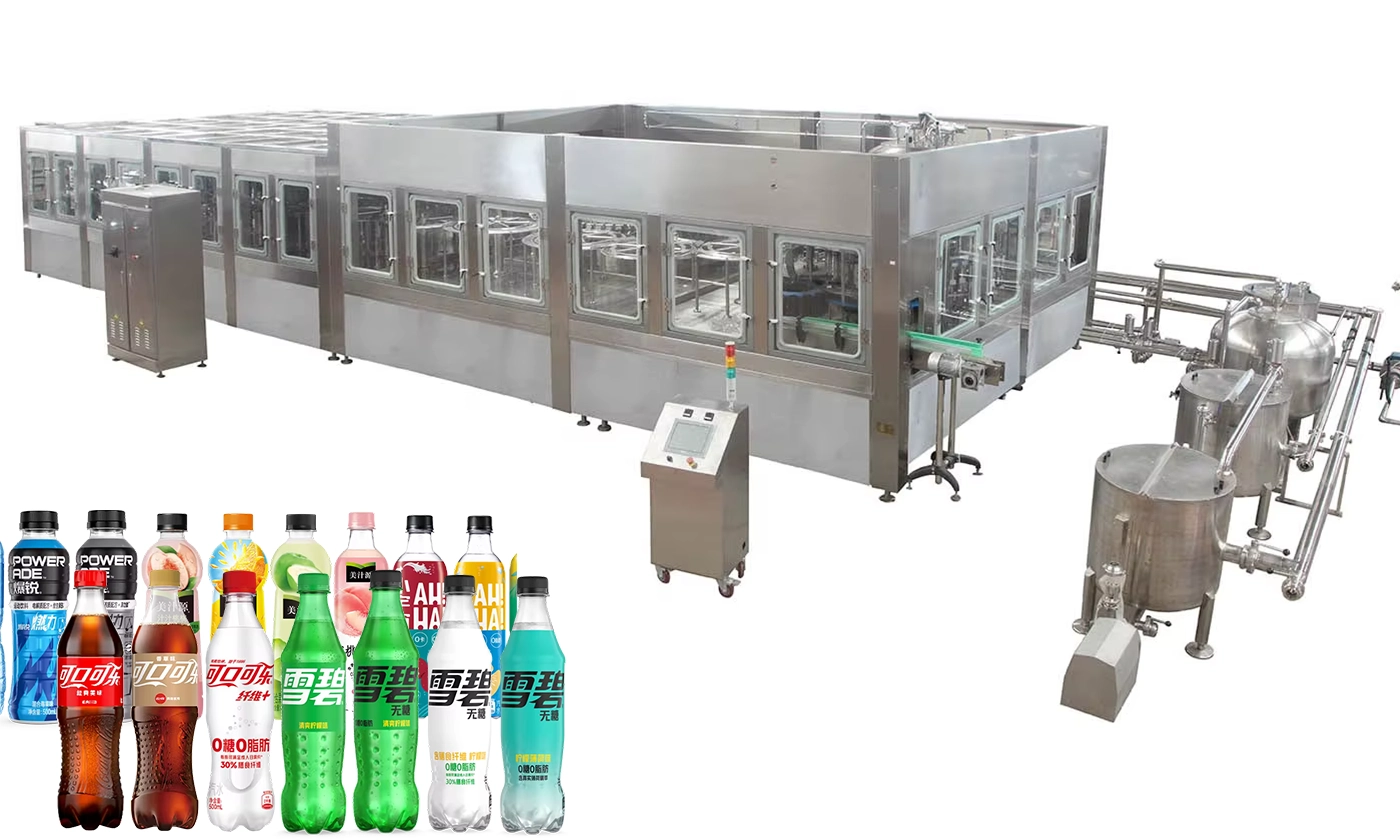
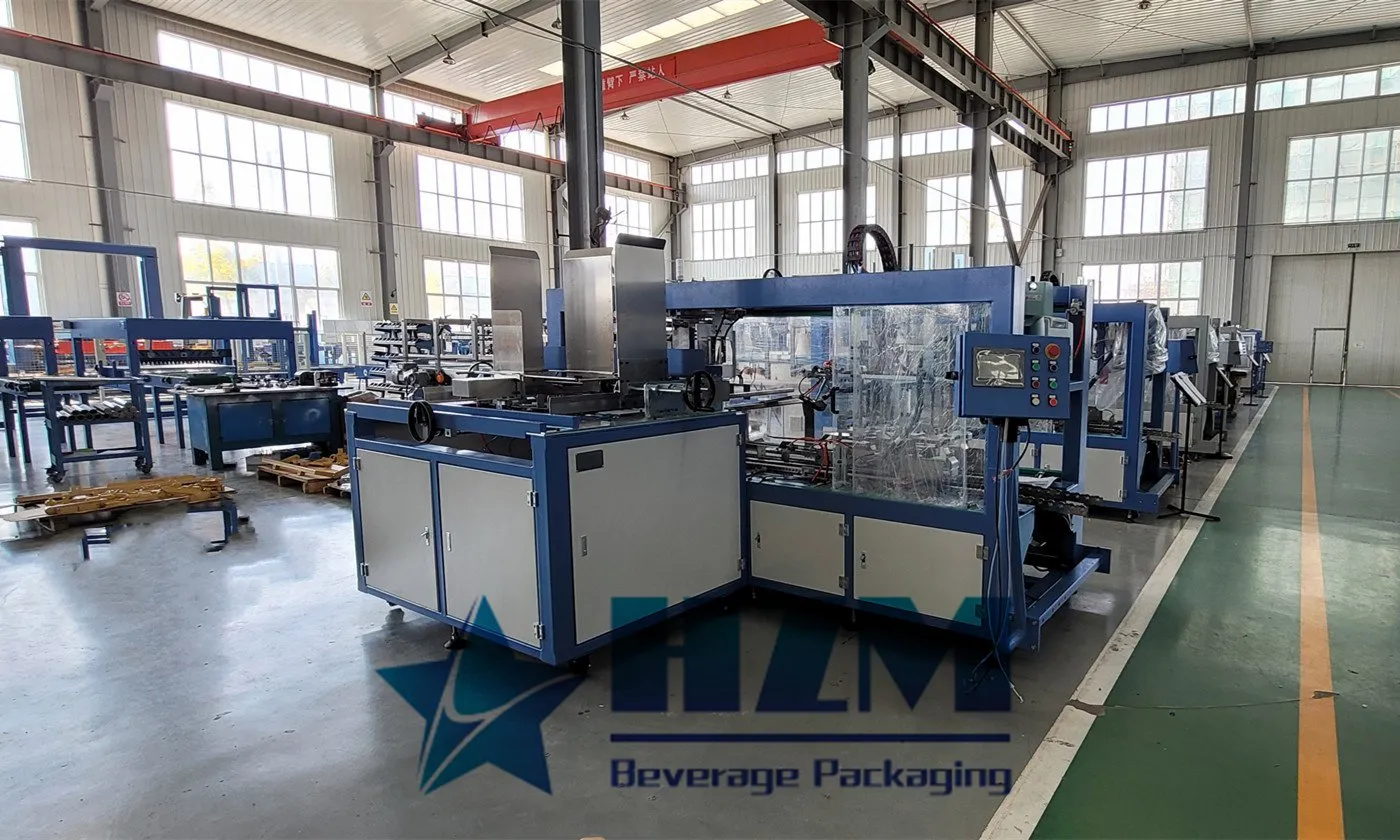
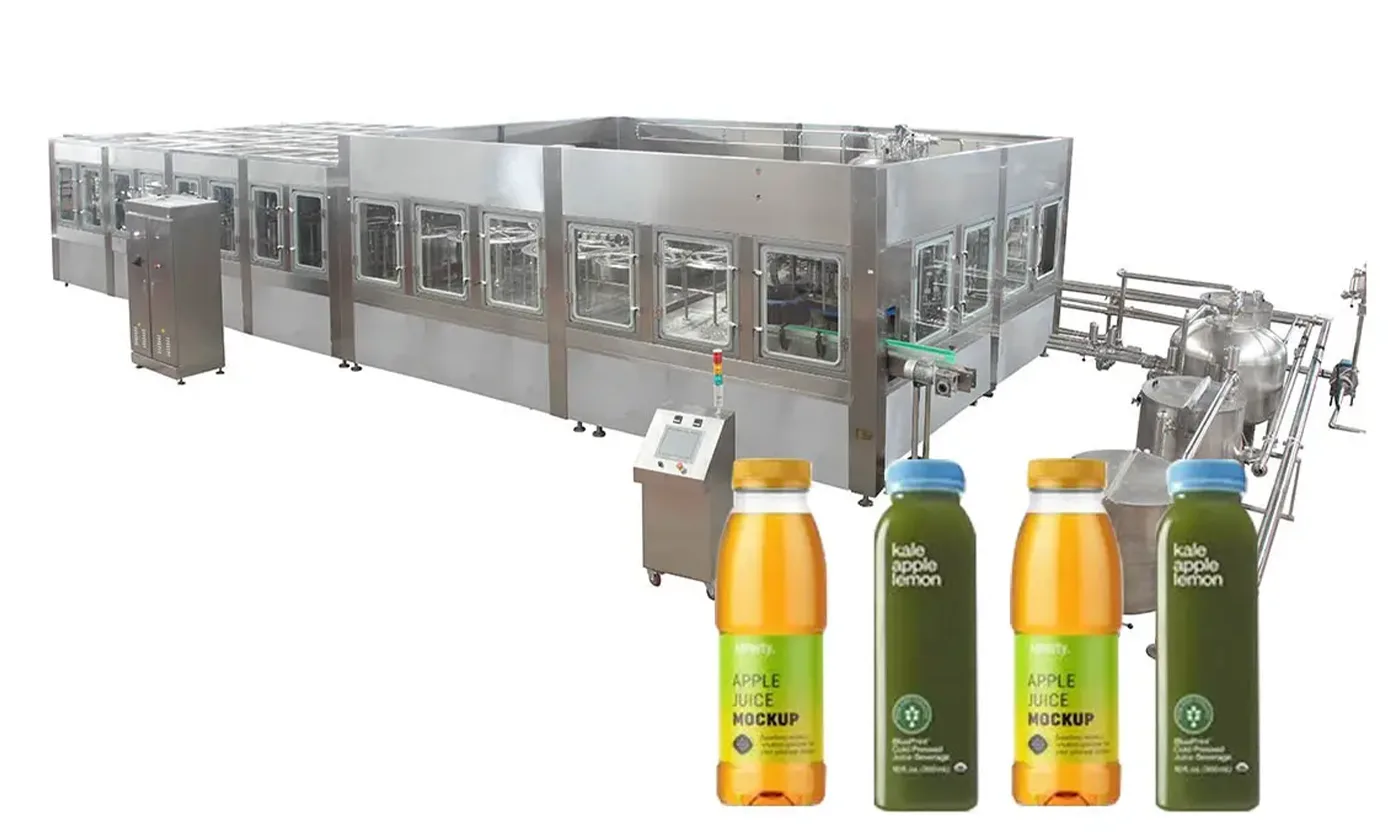
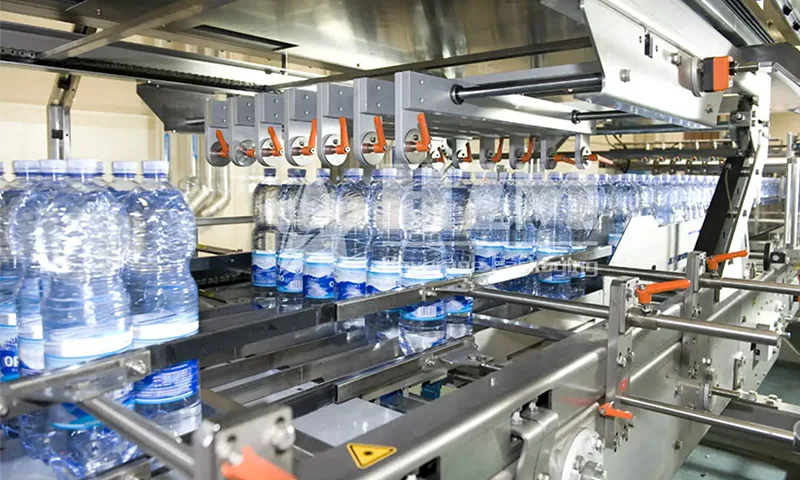
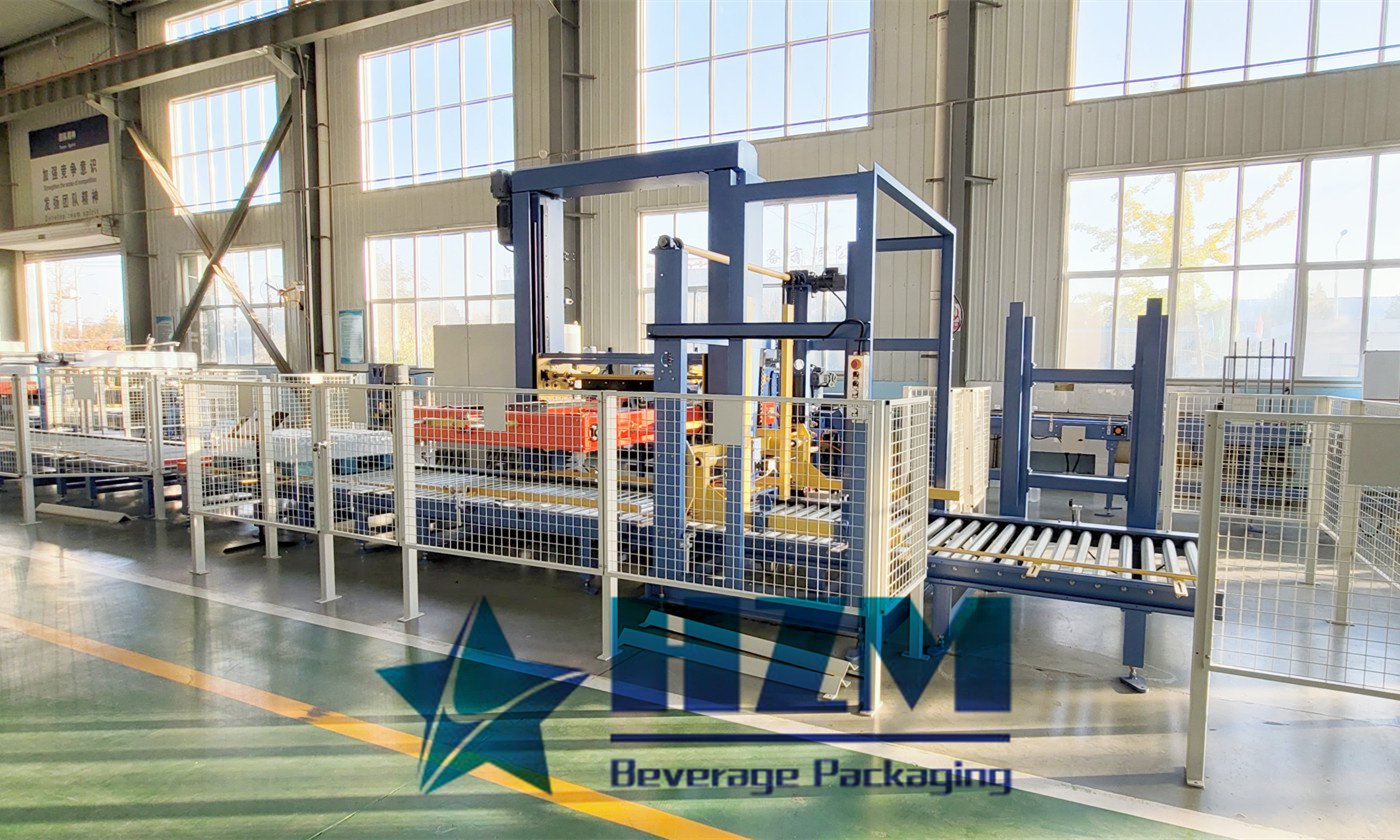
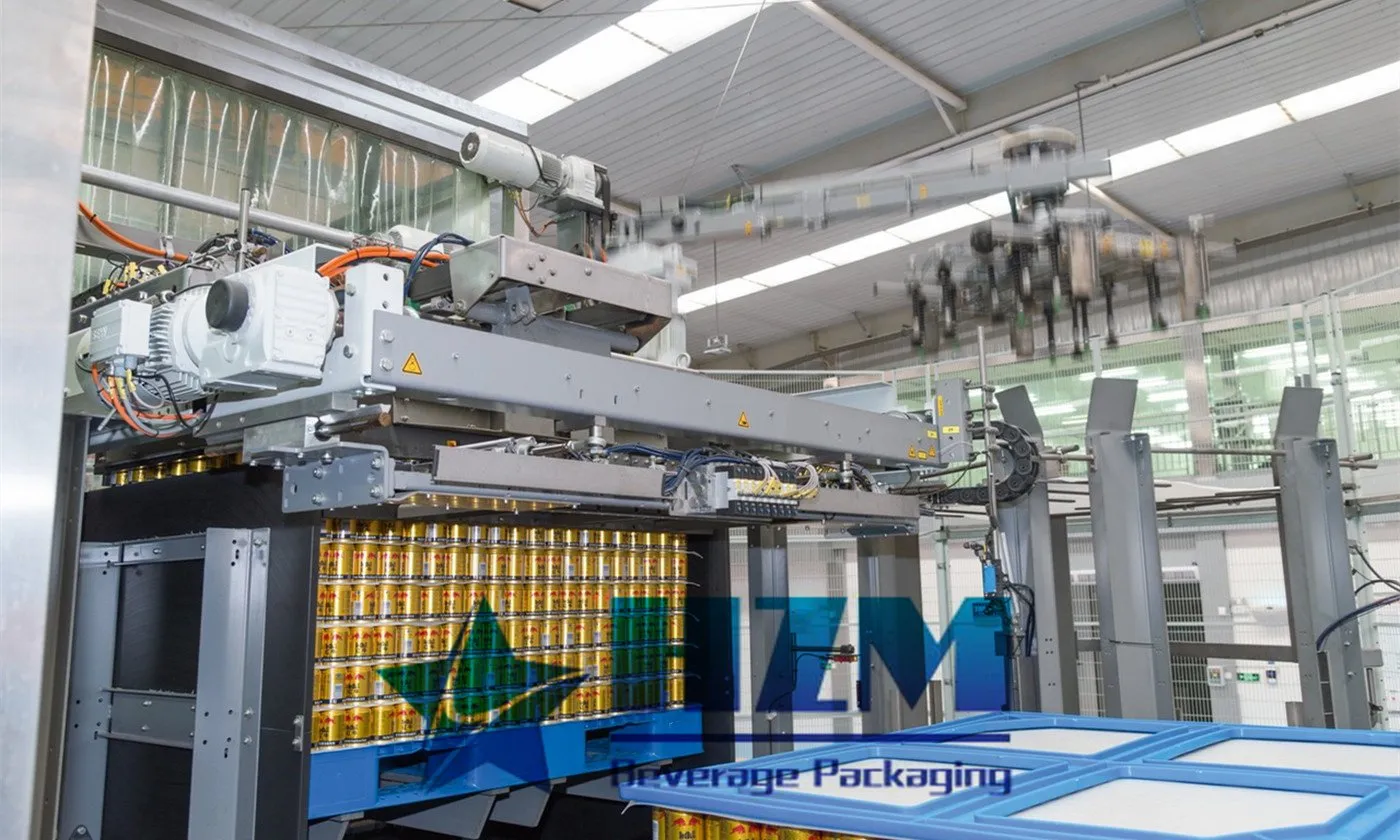
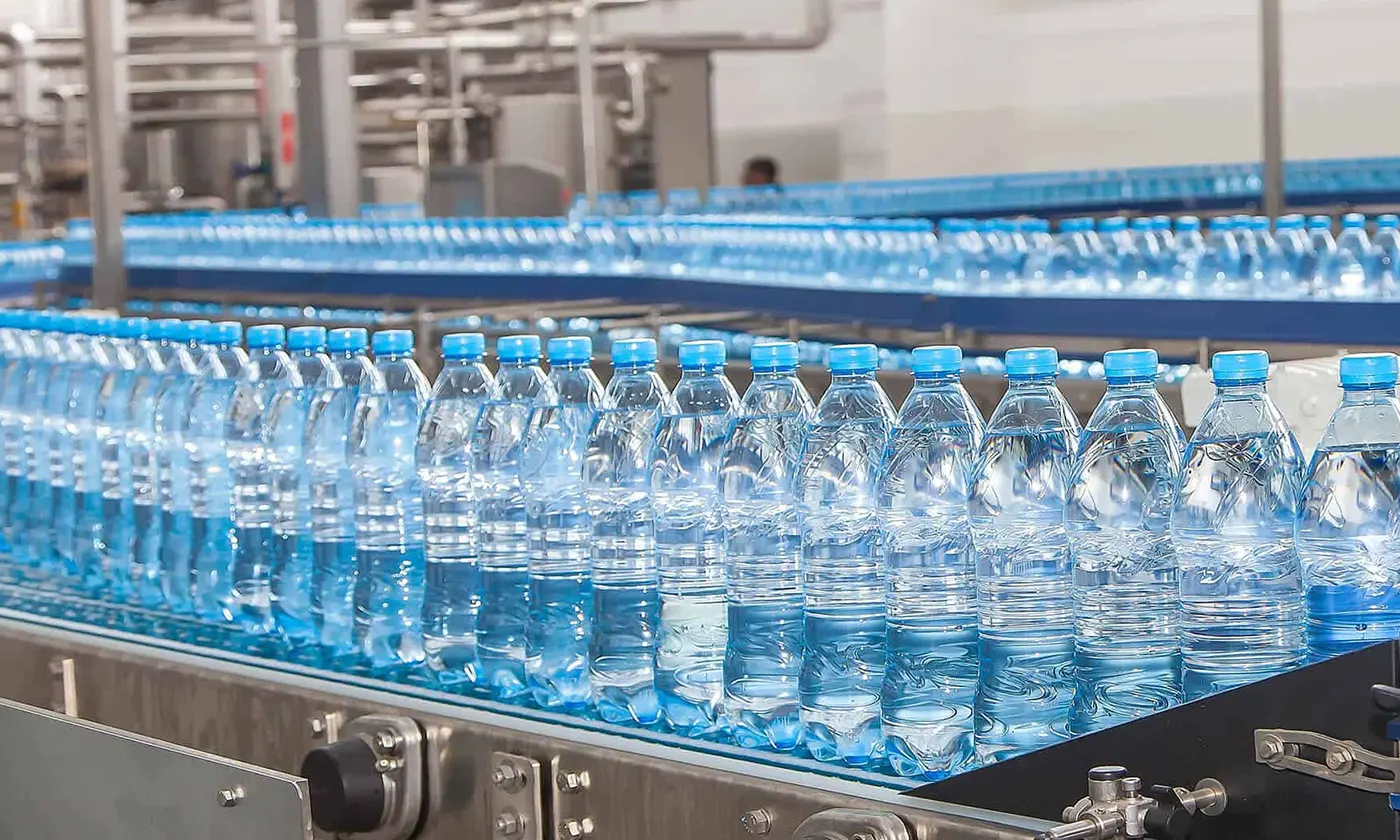
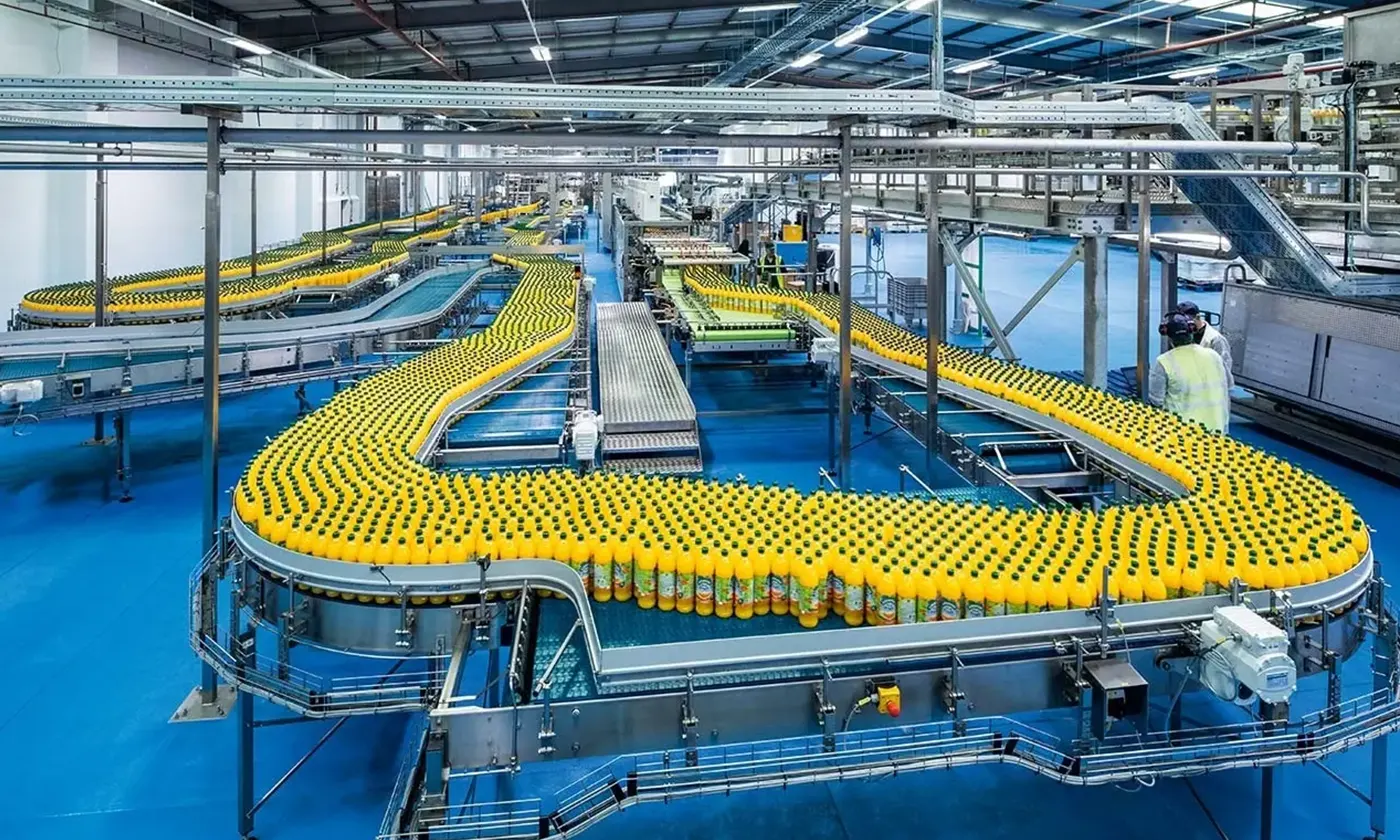
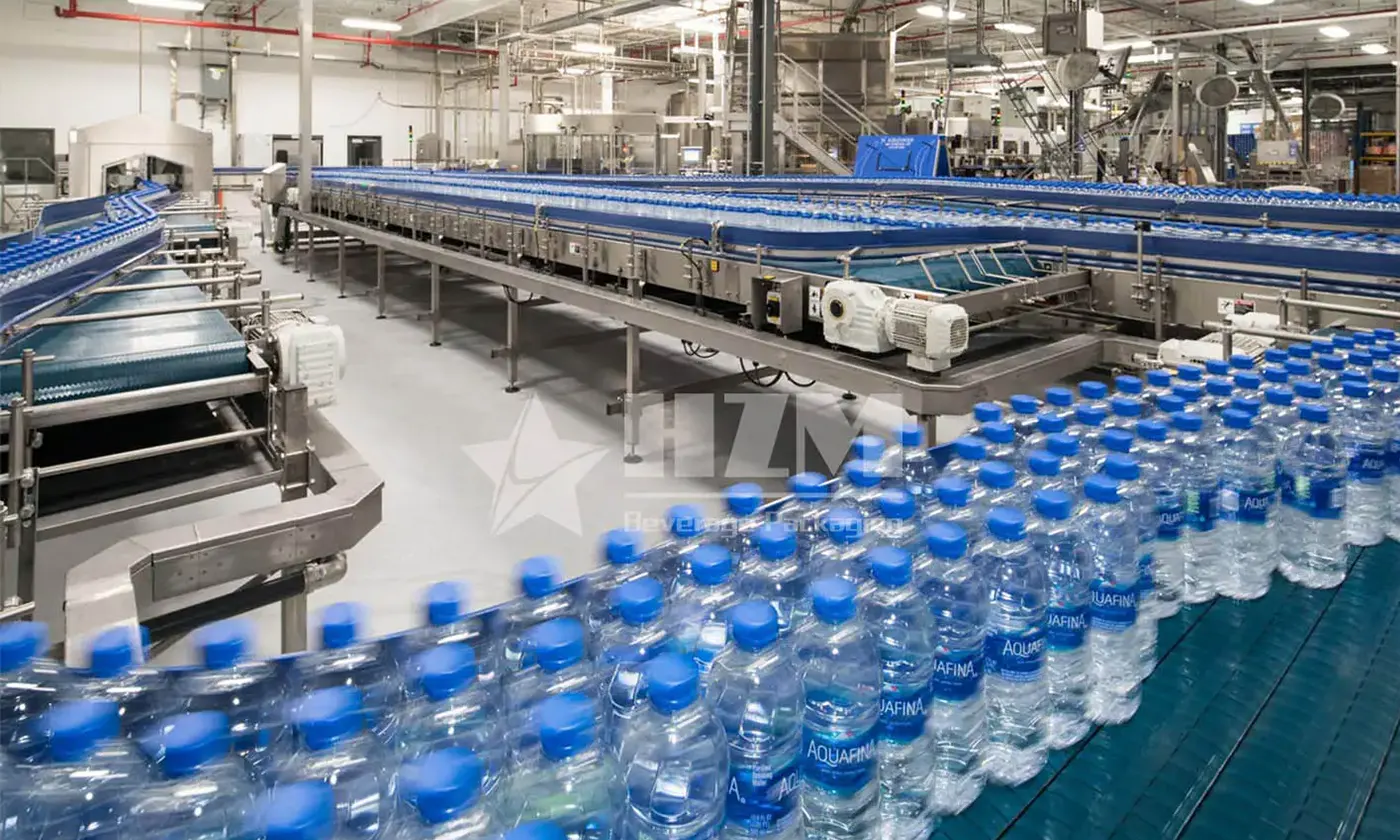
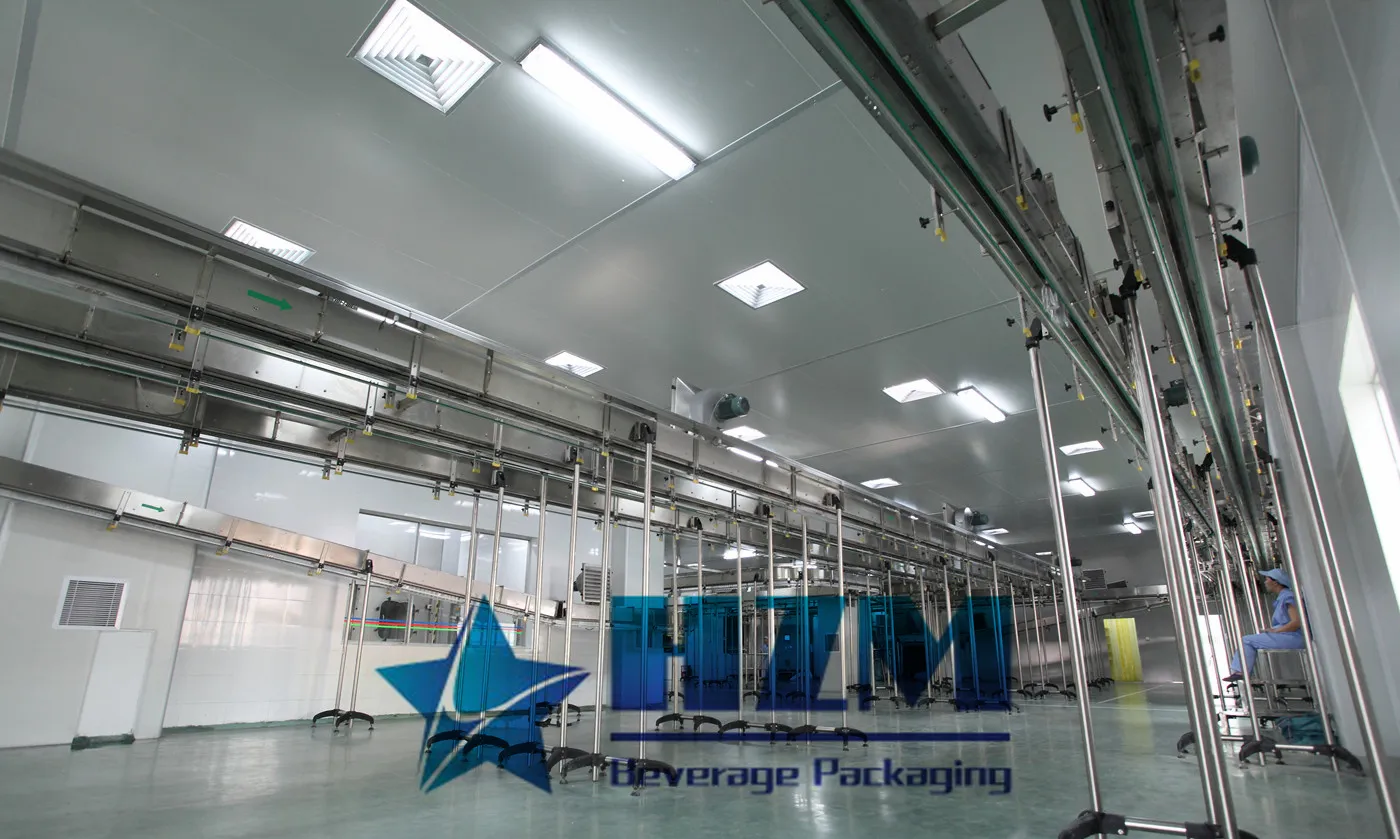
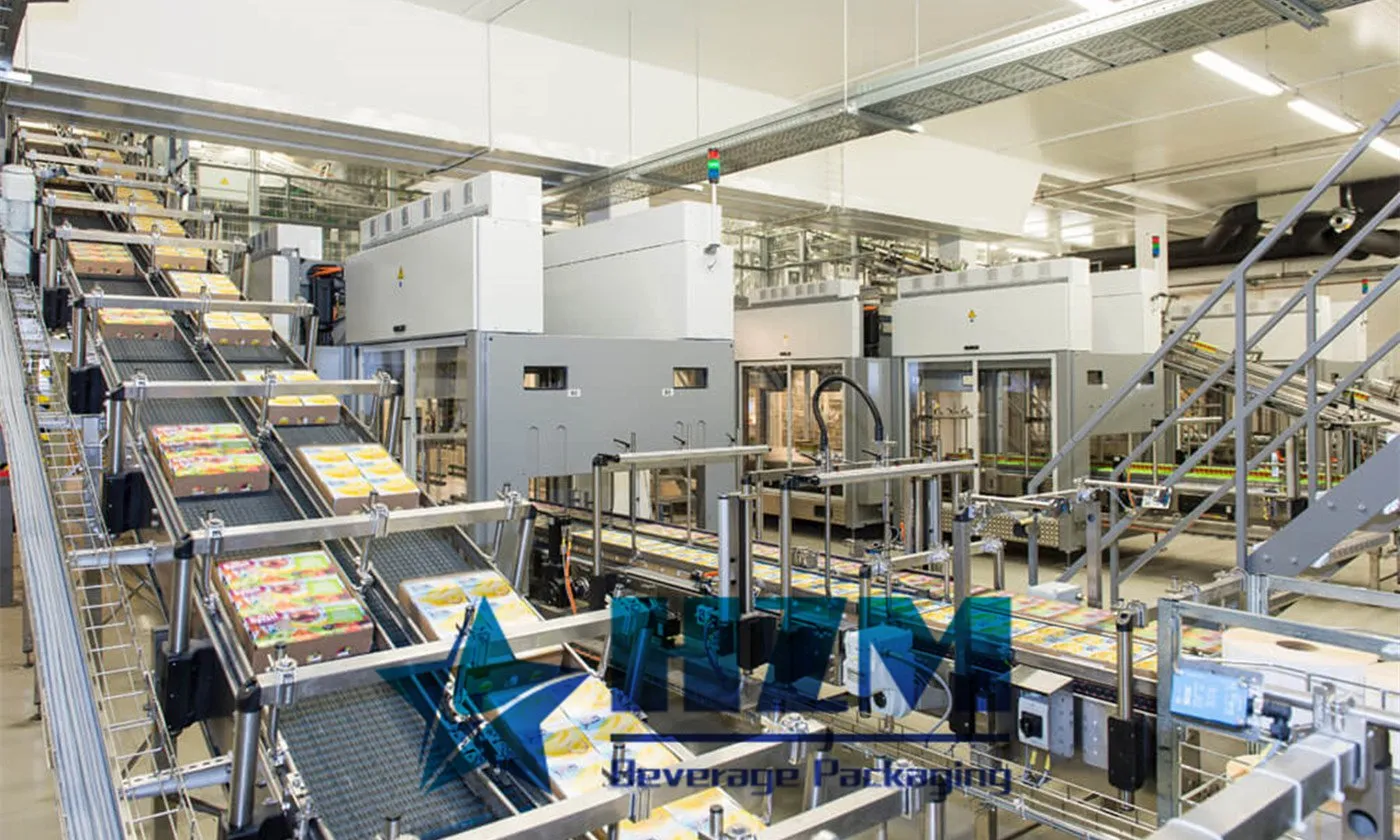
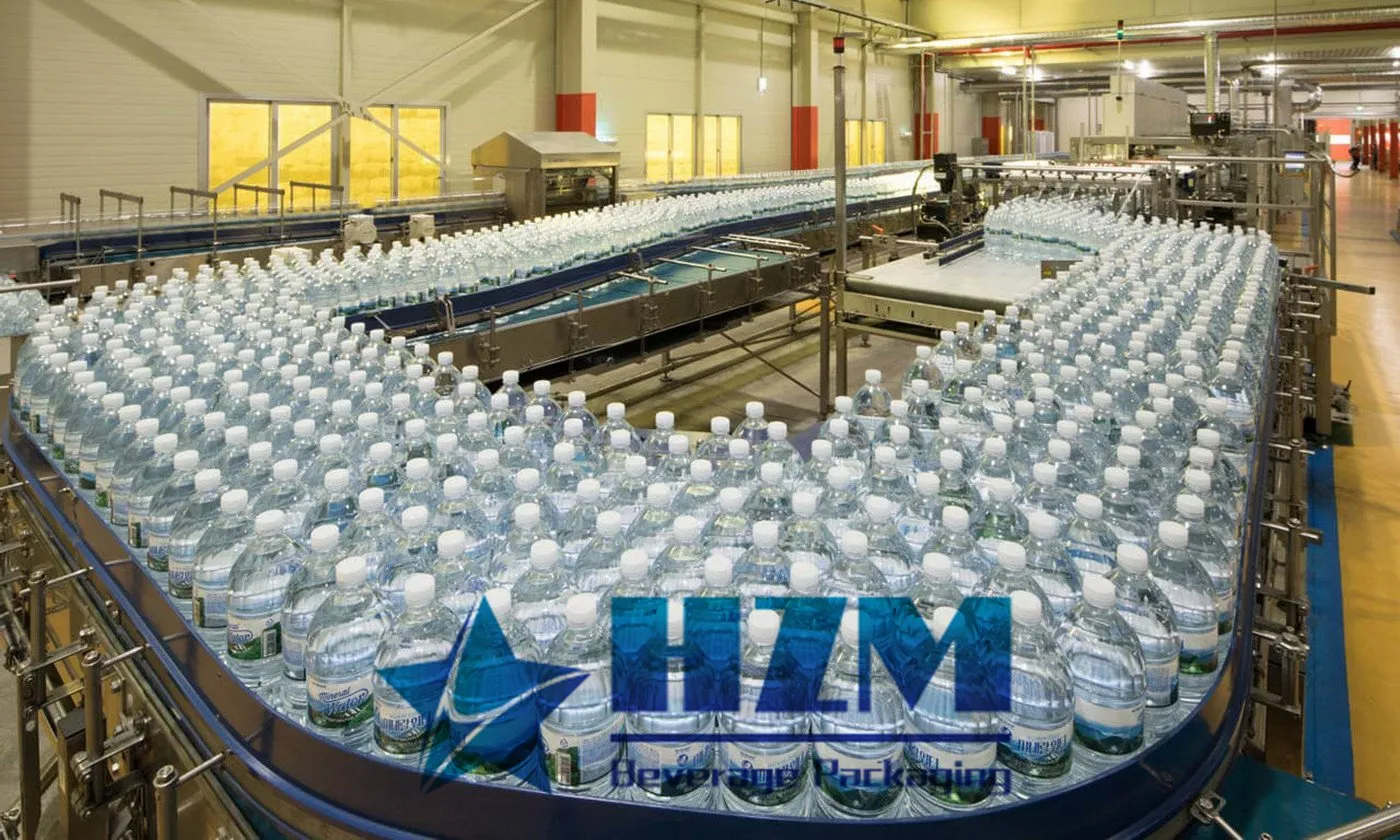
 Home /
Home / 